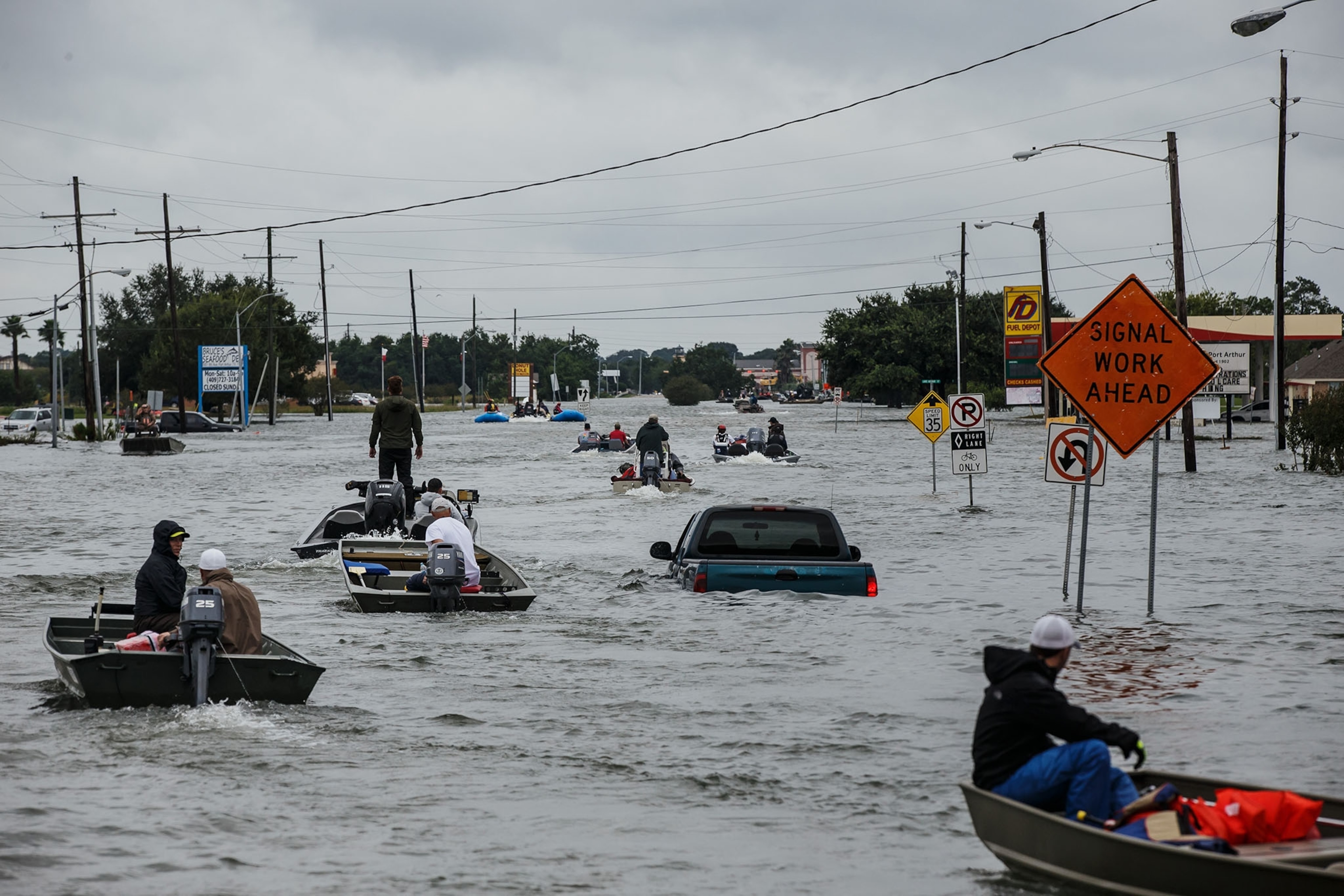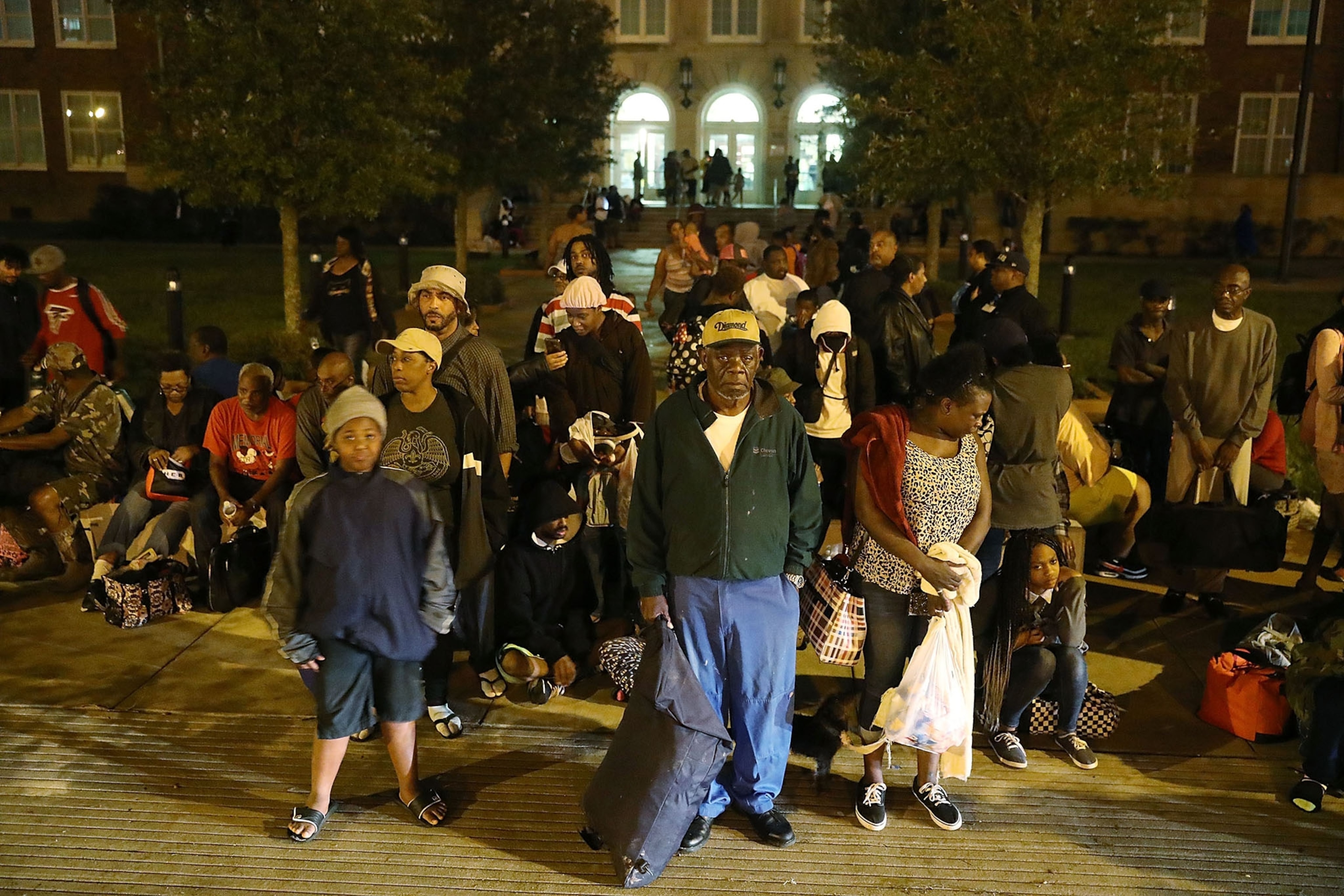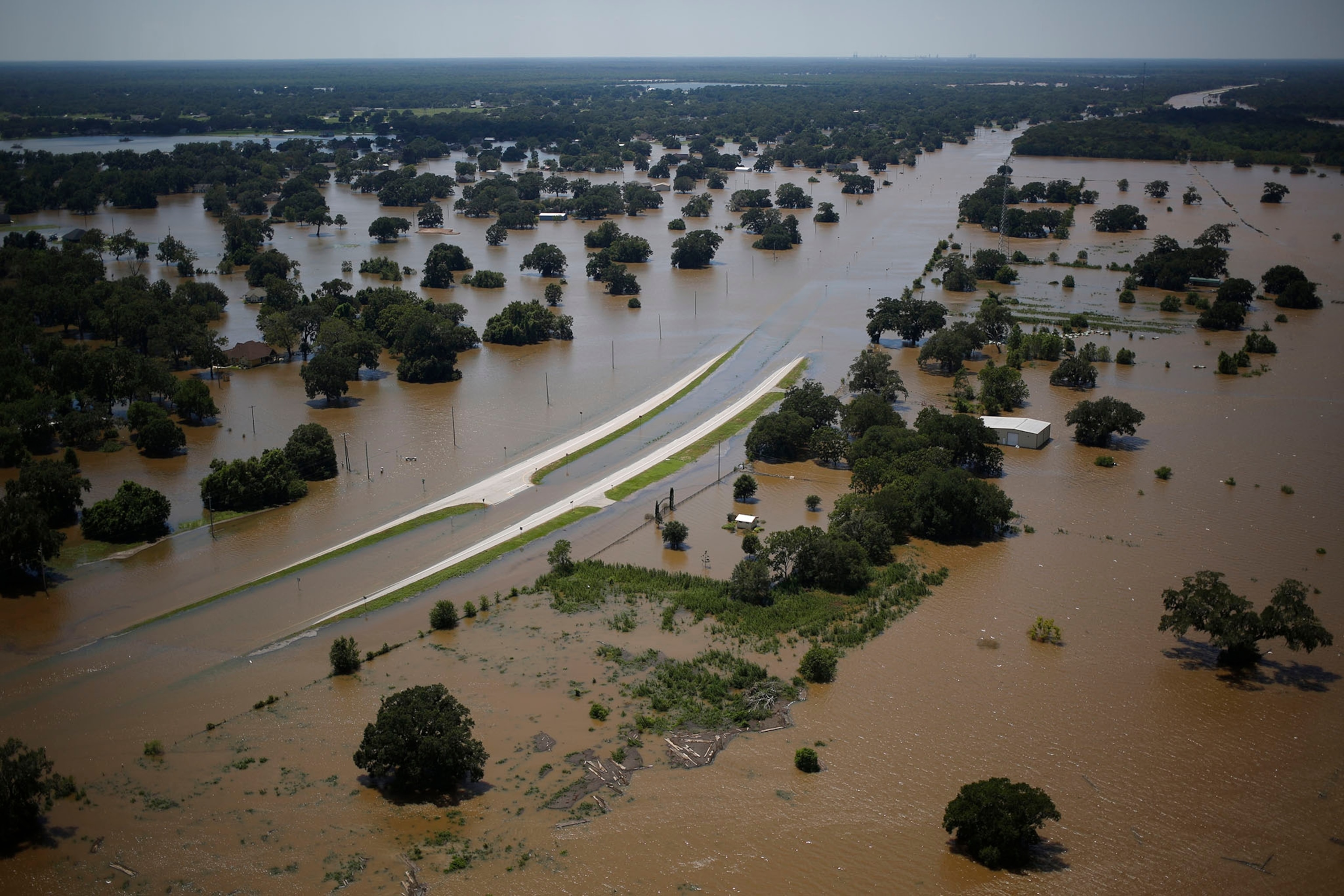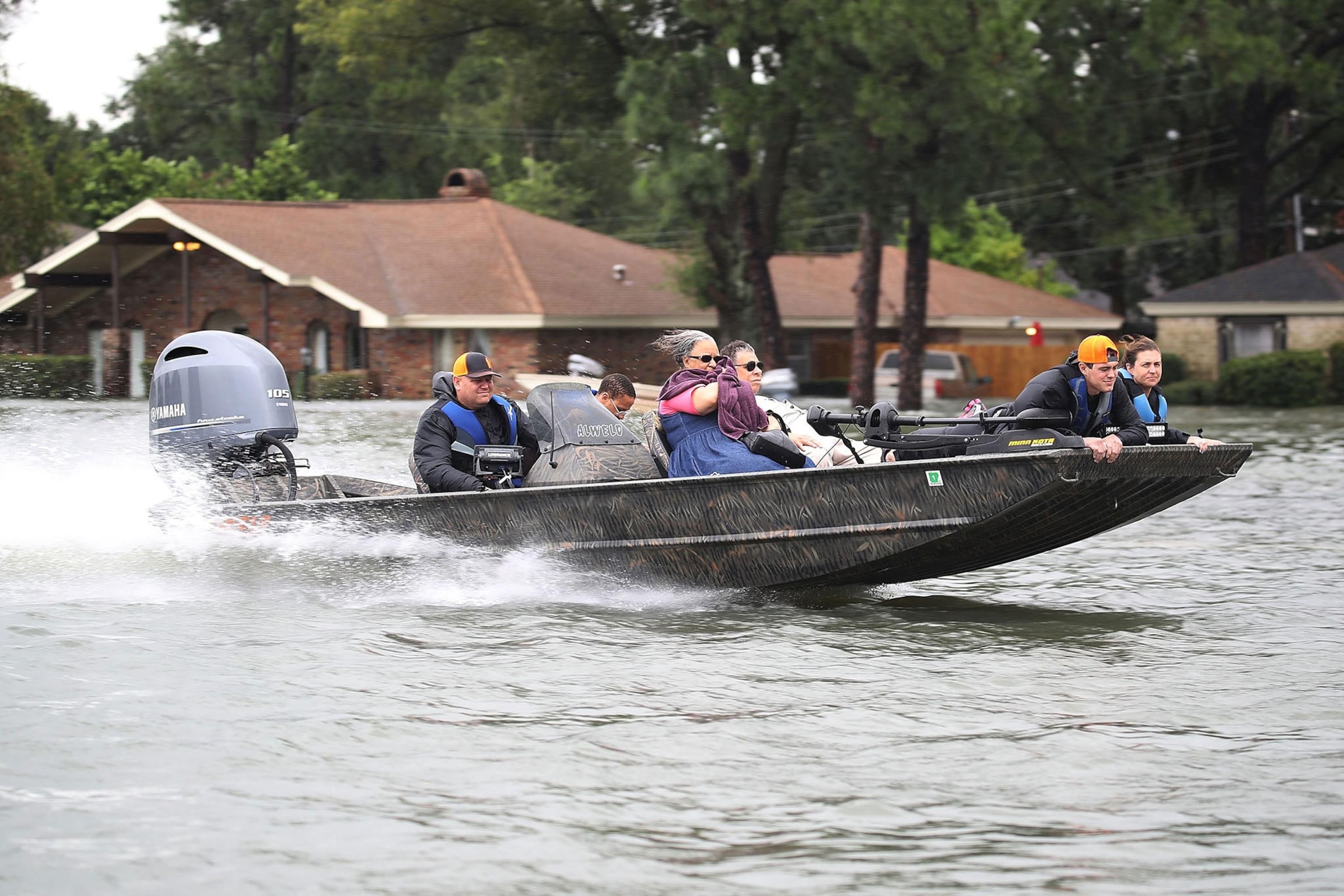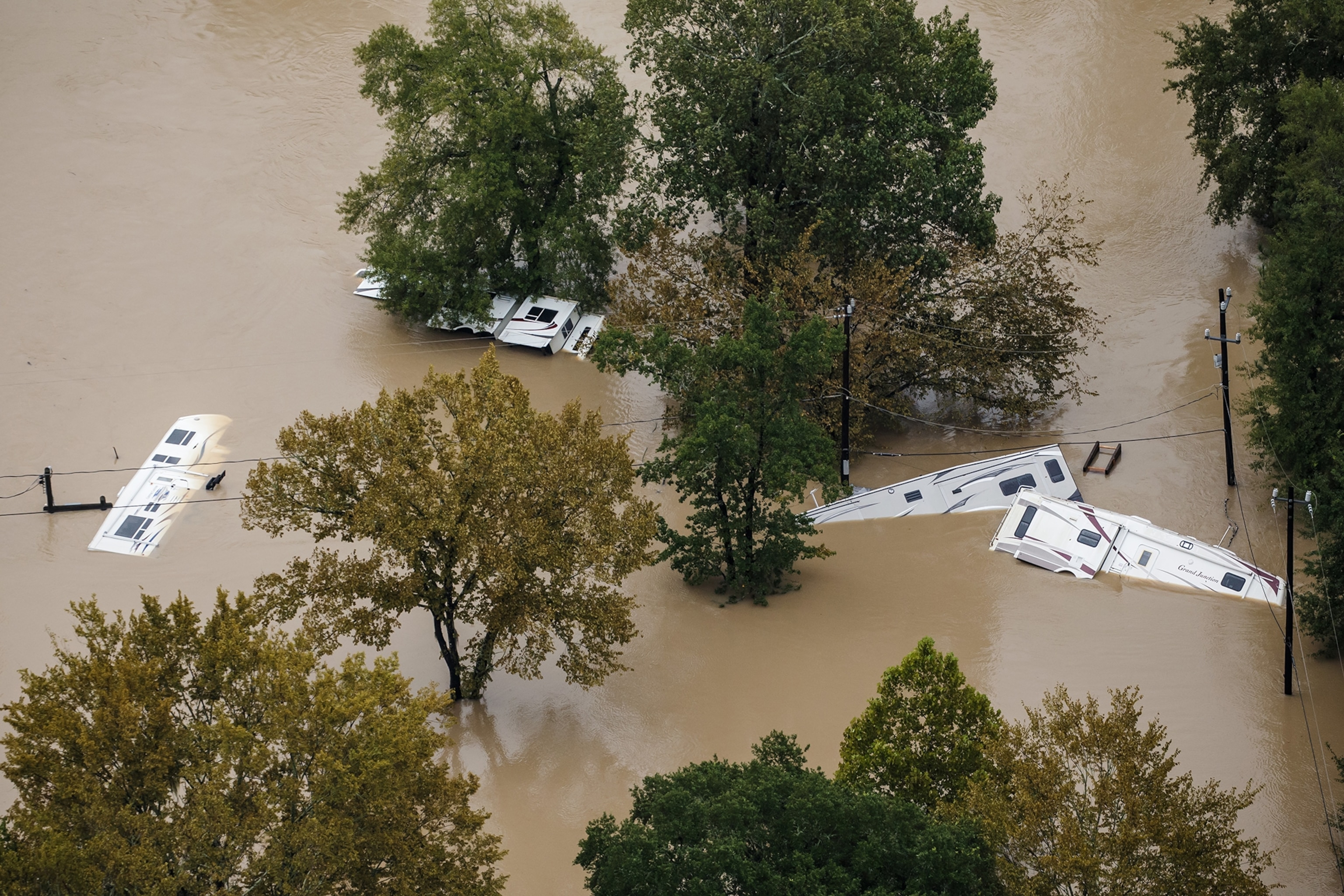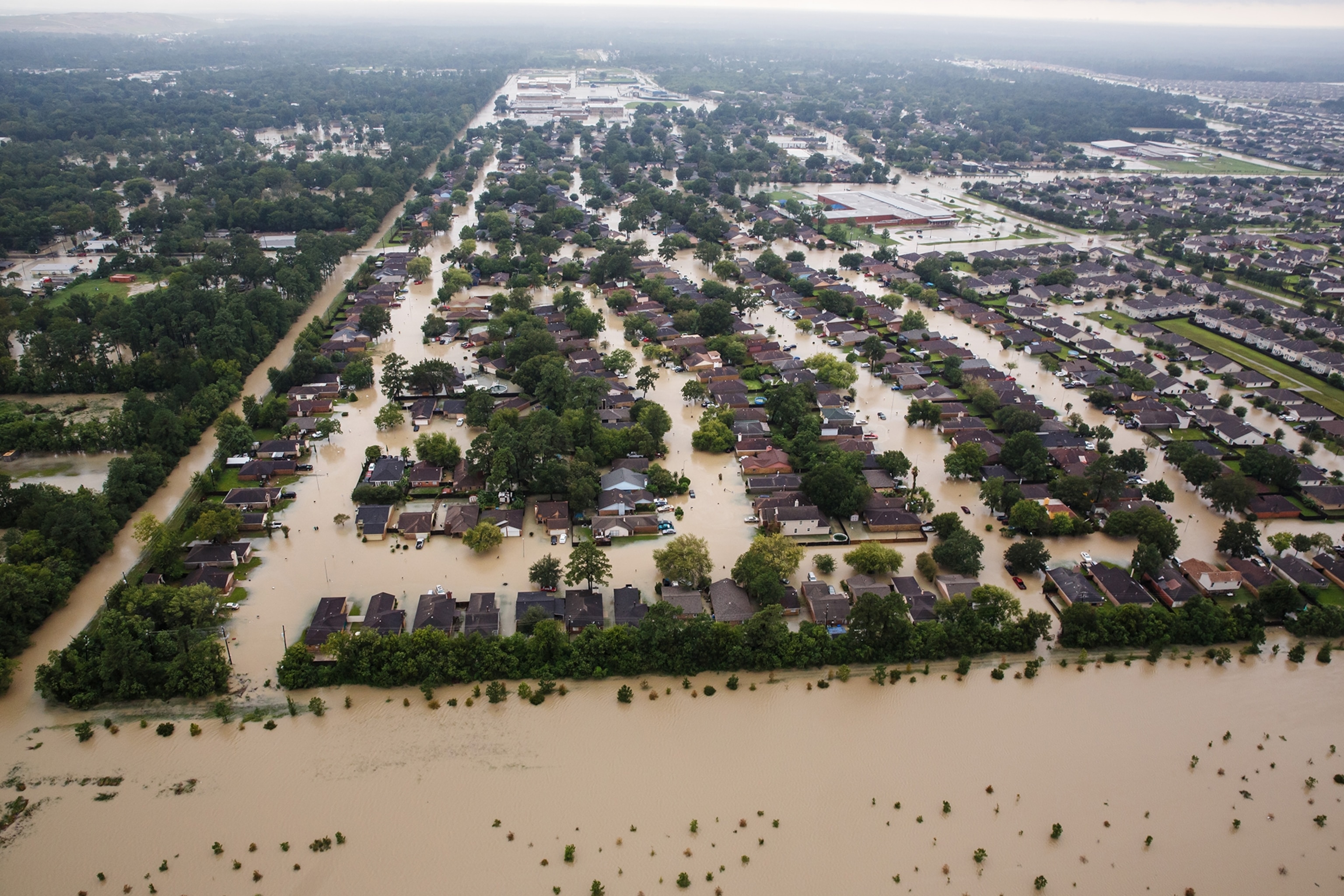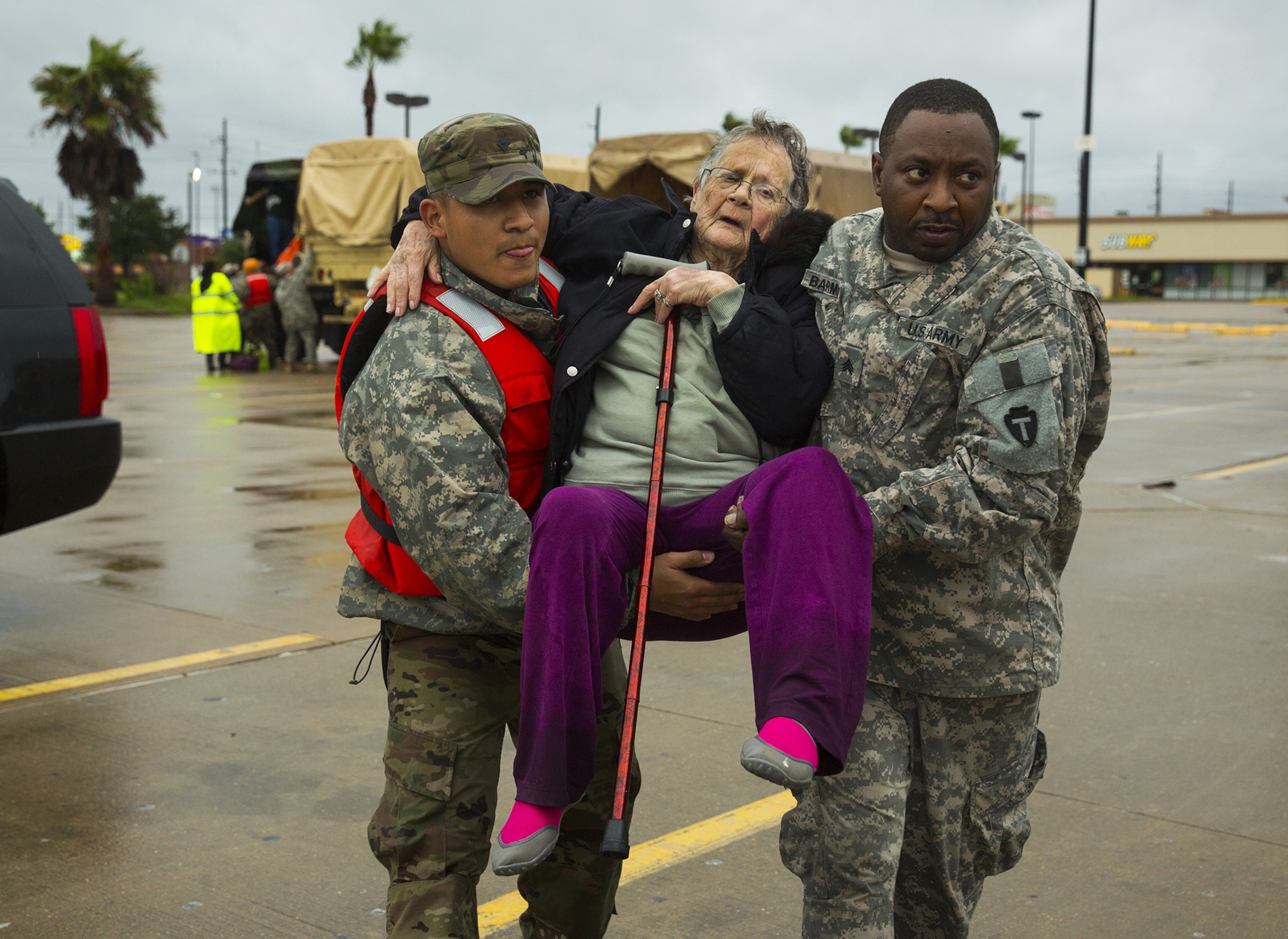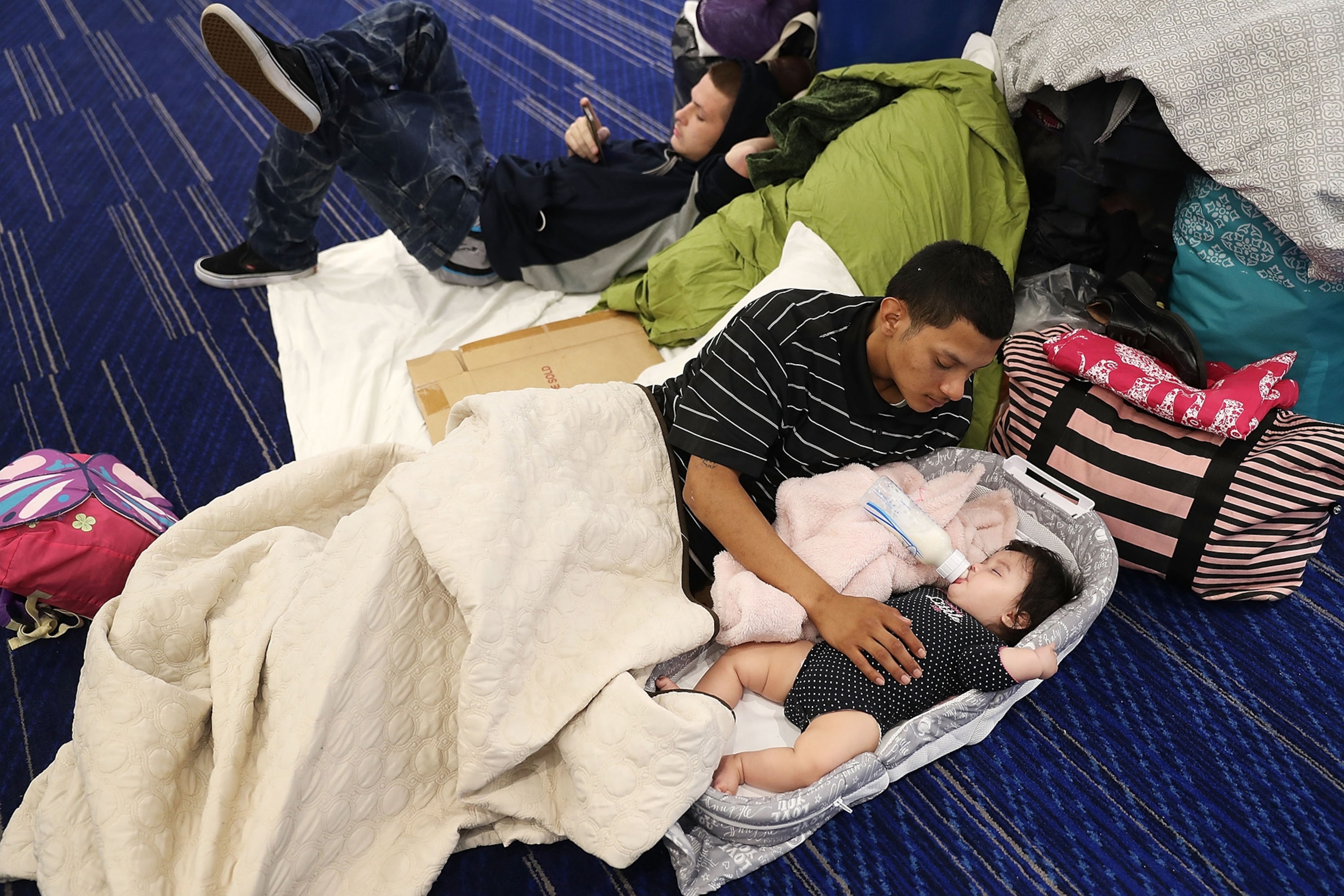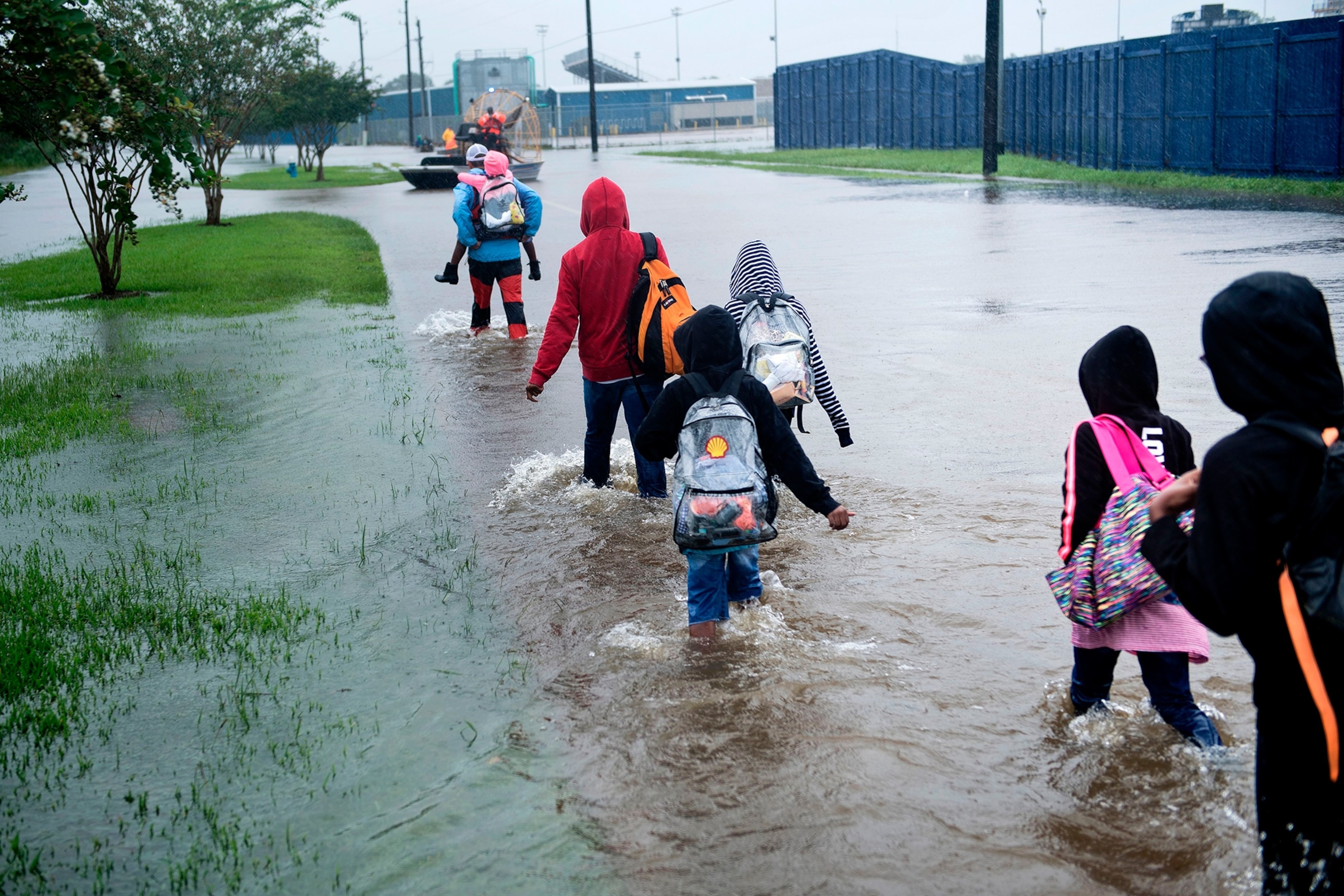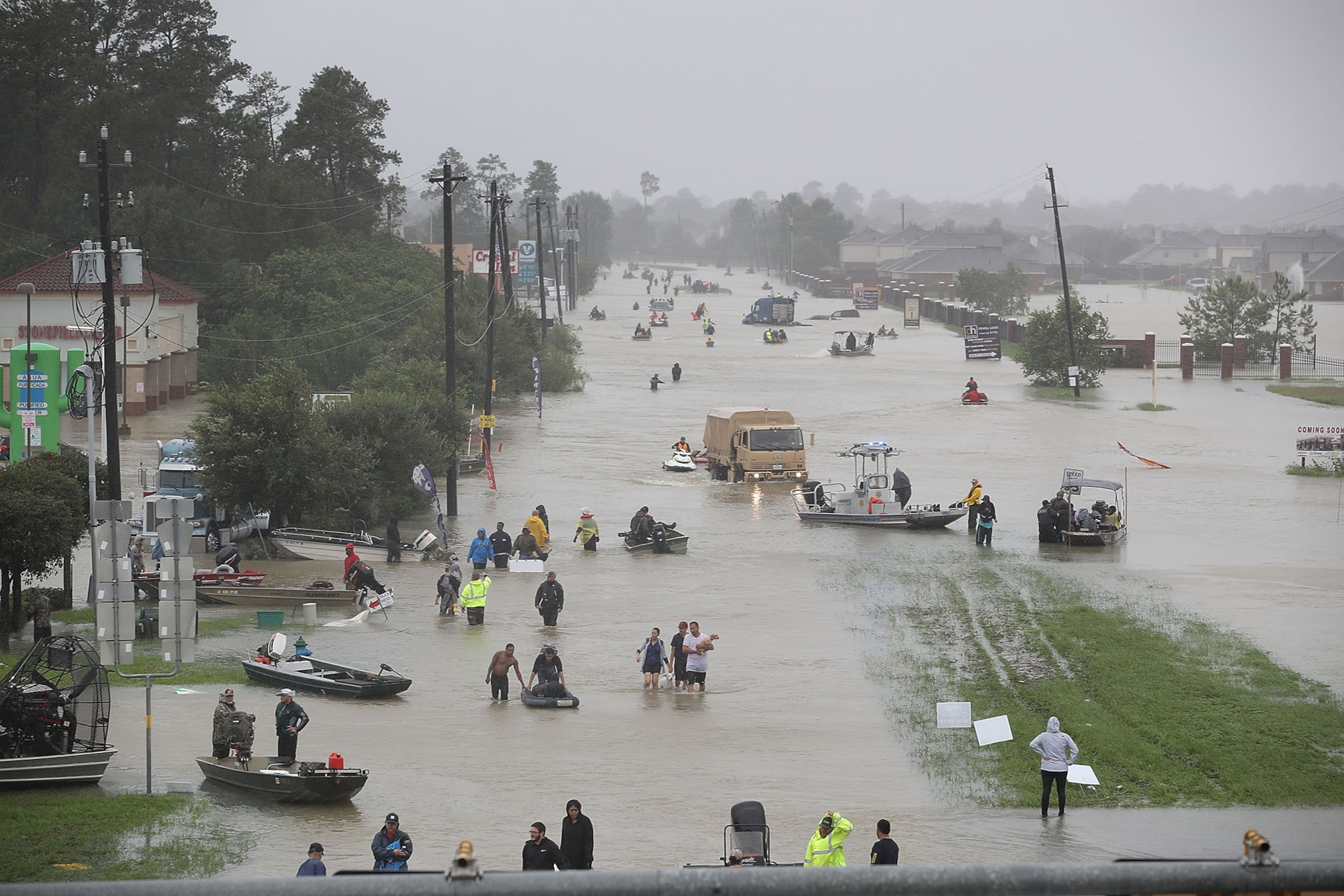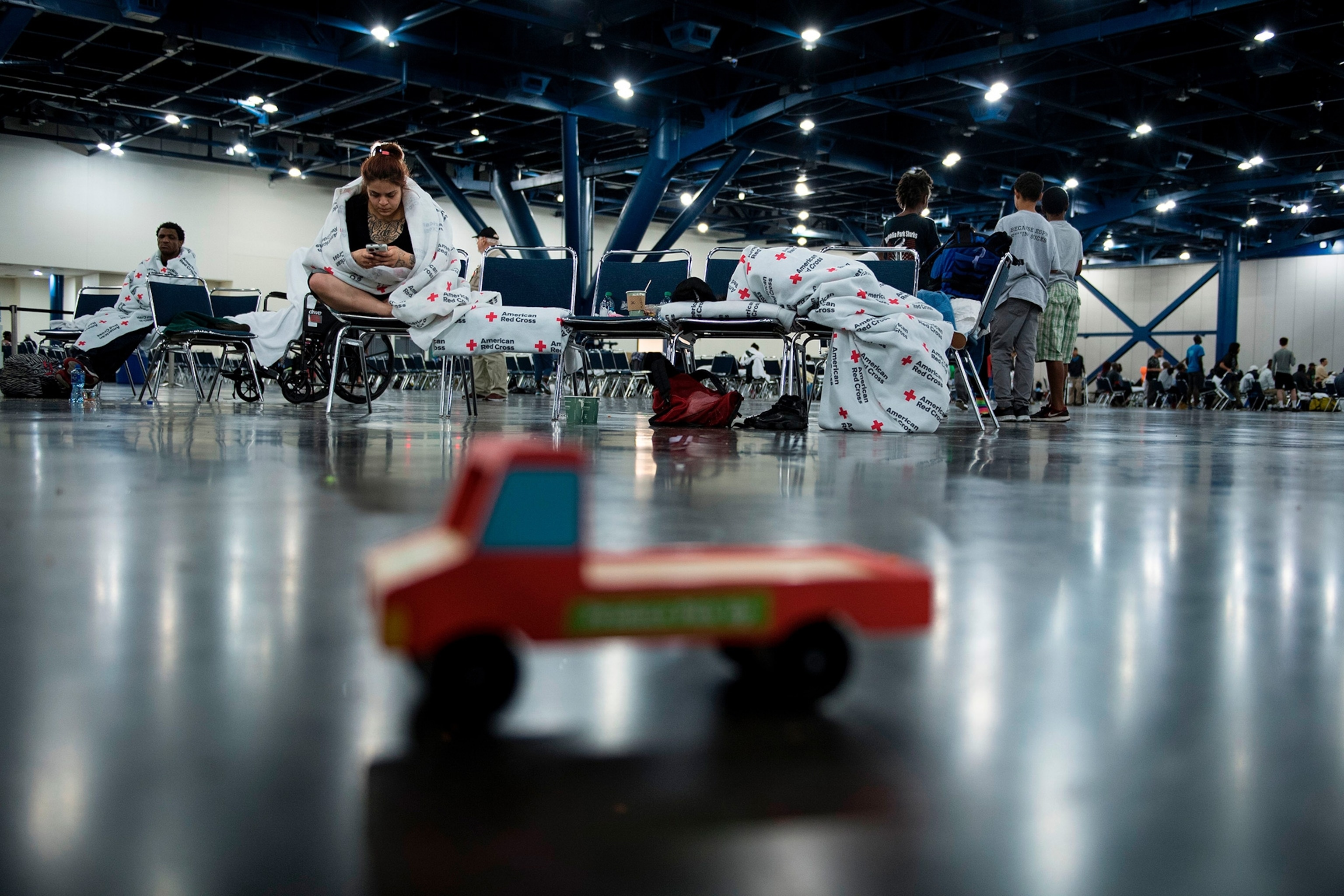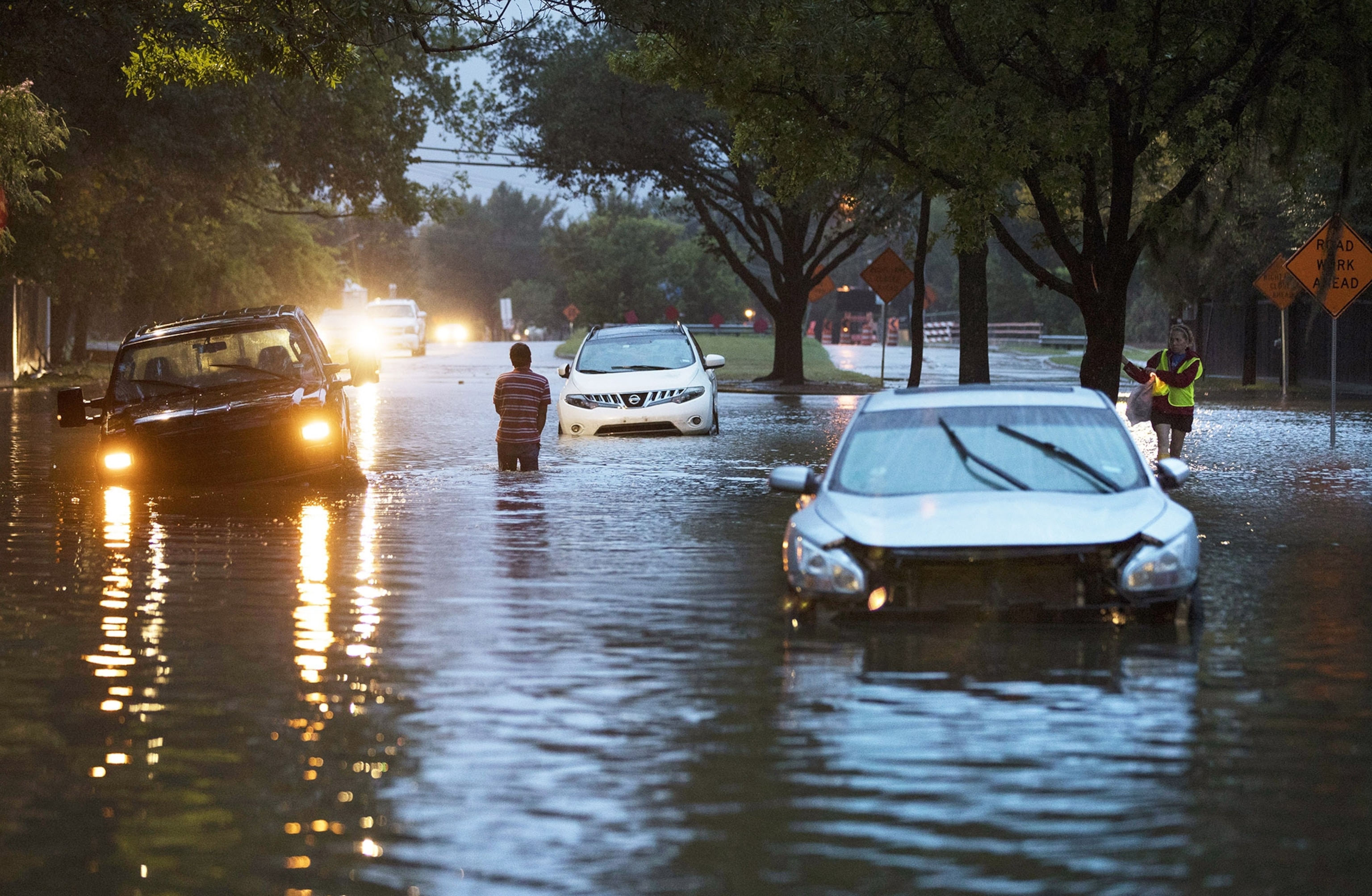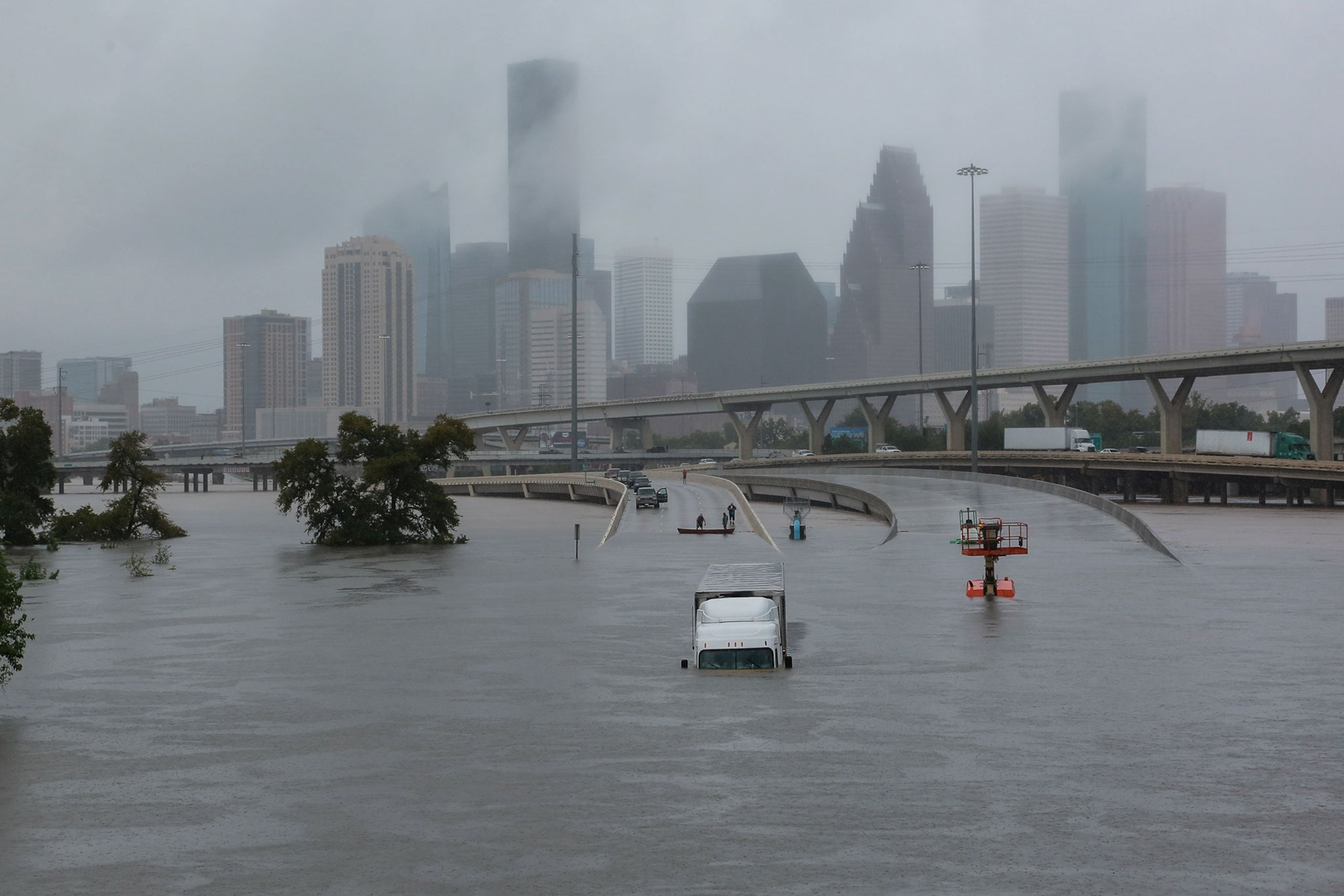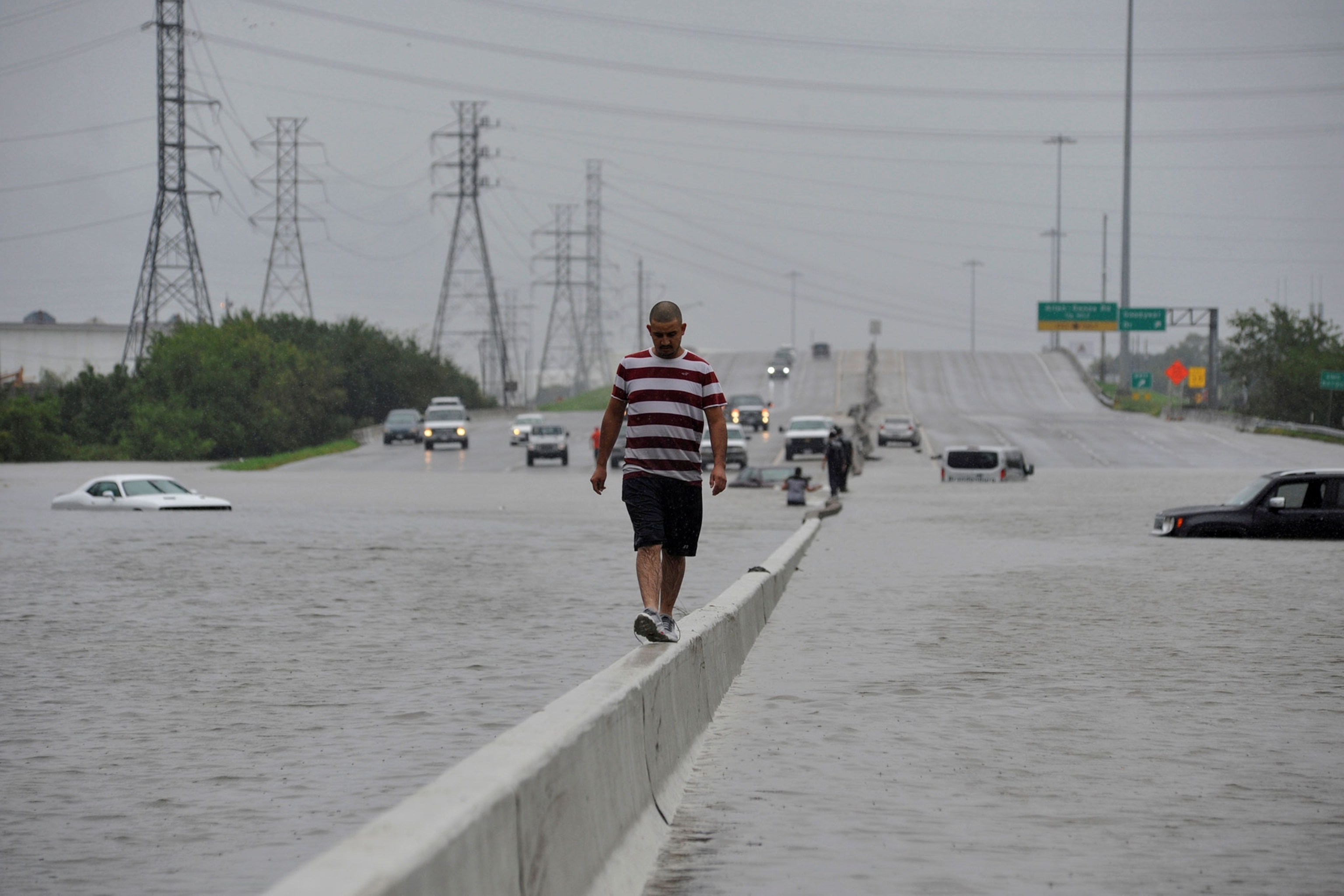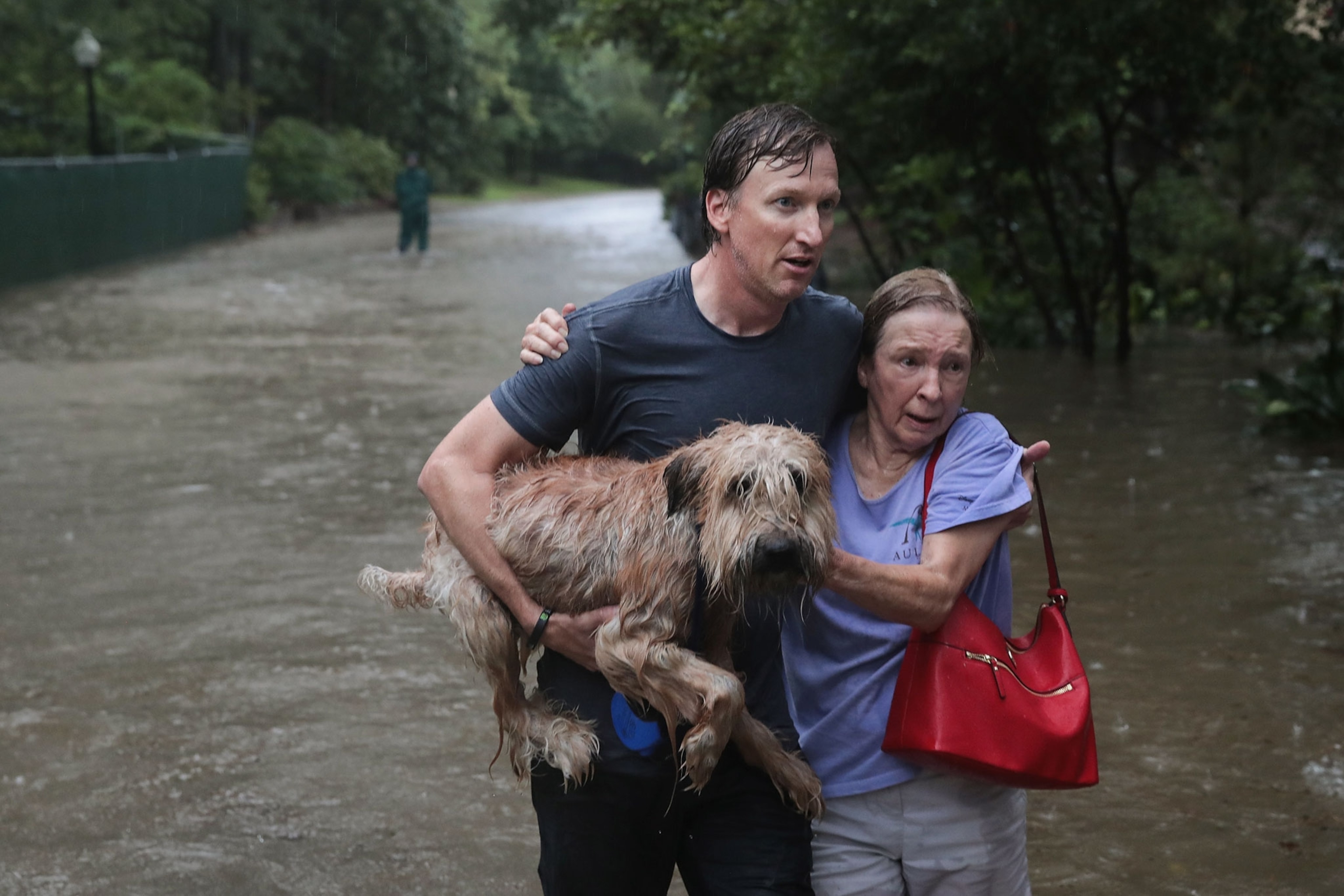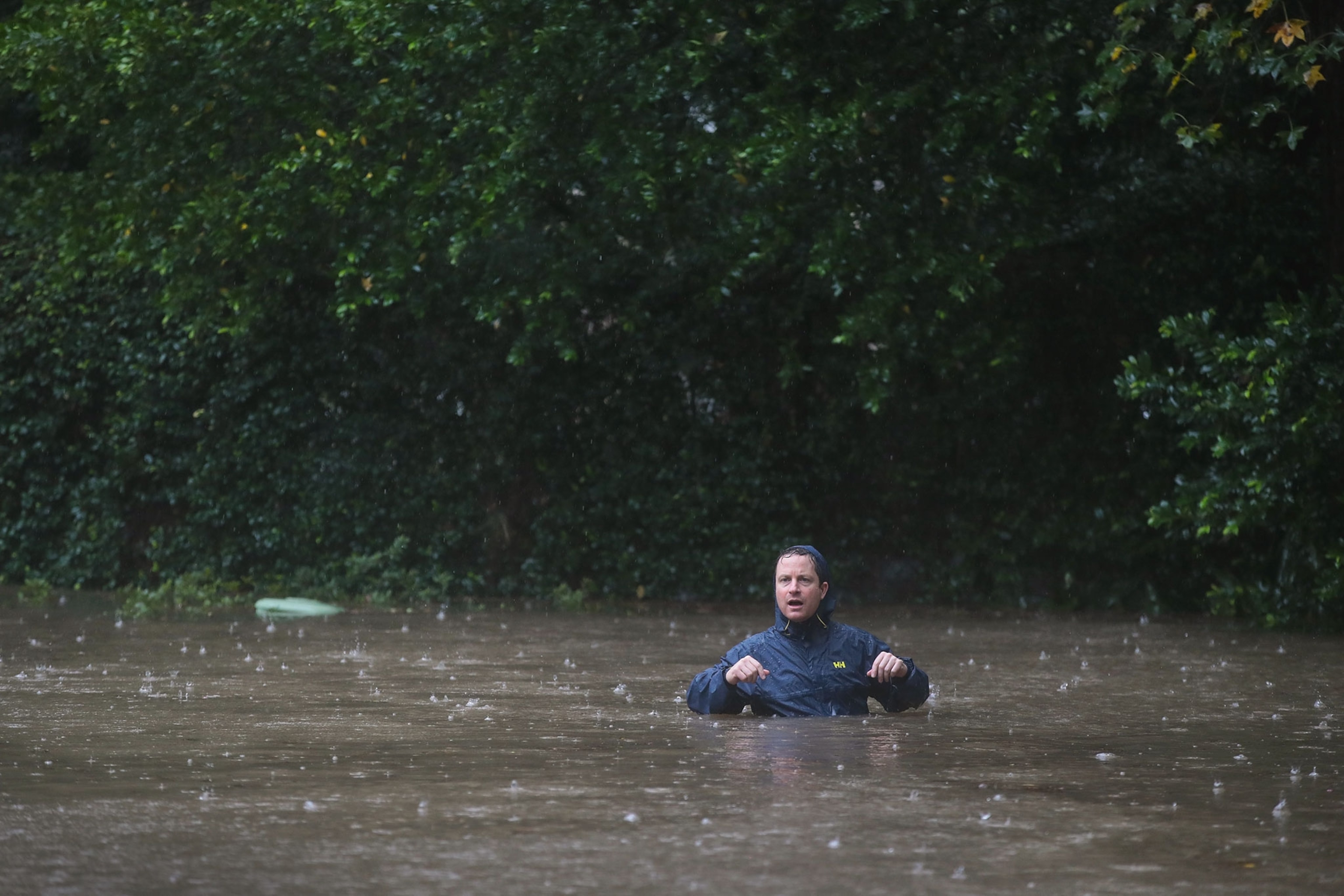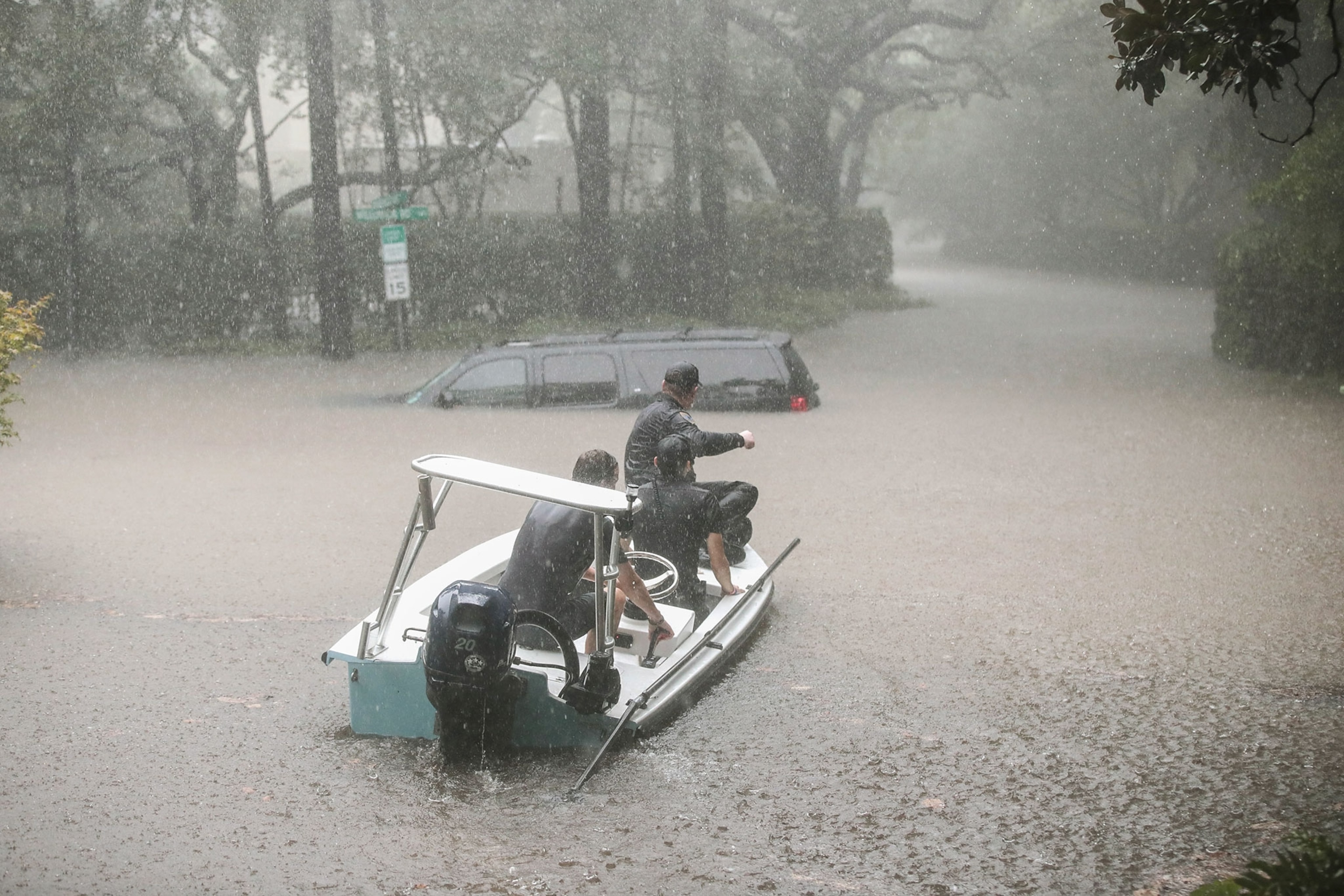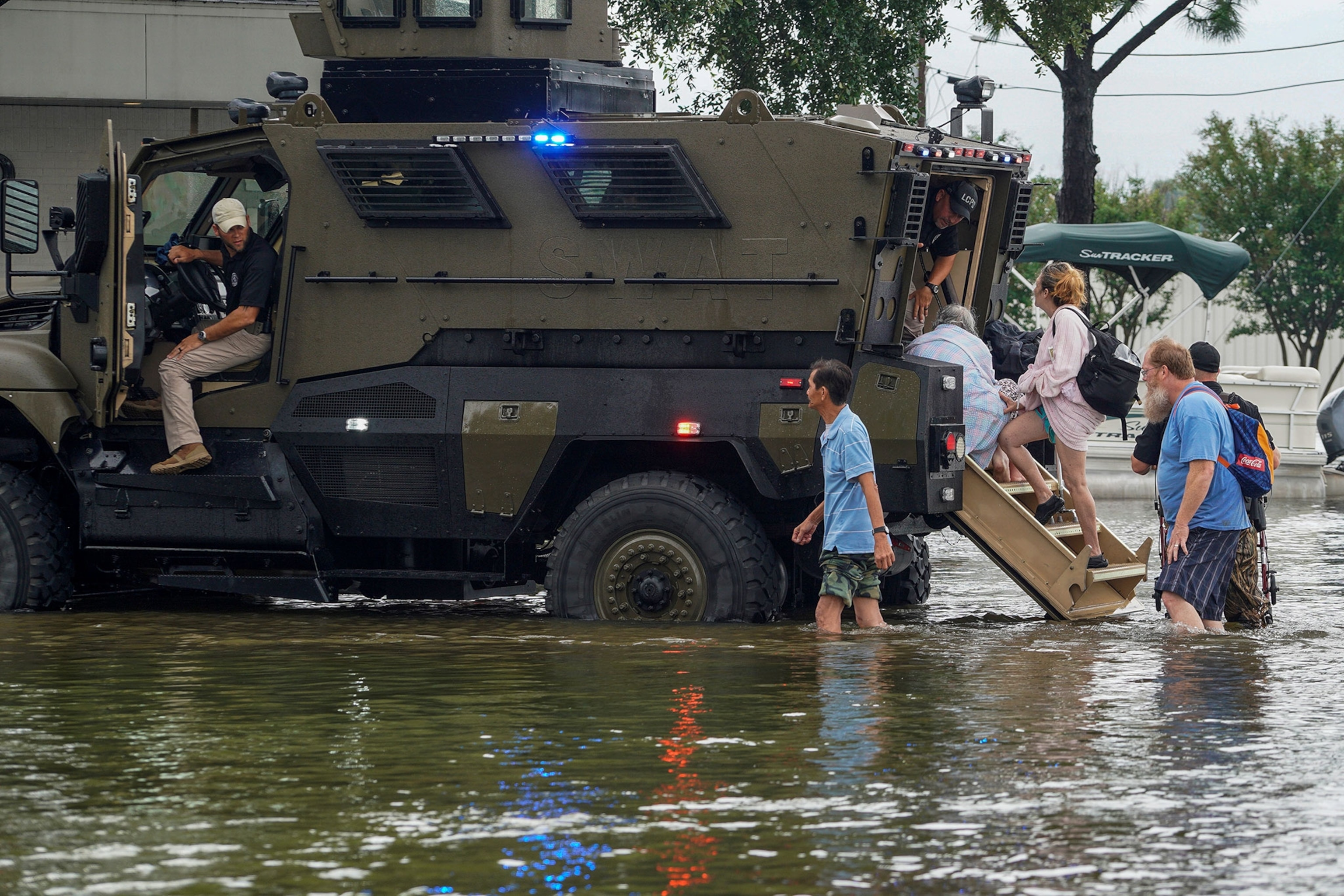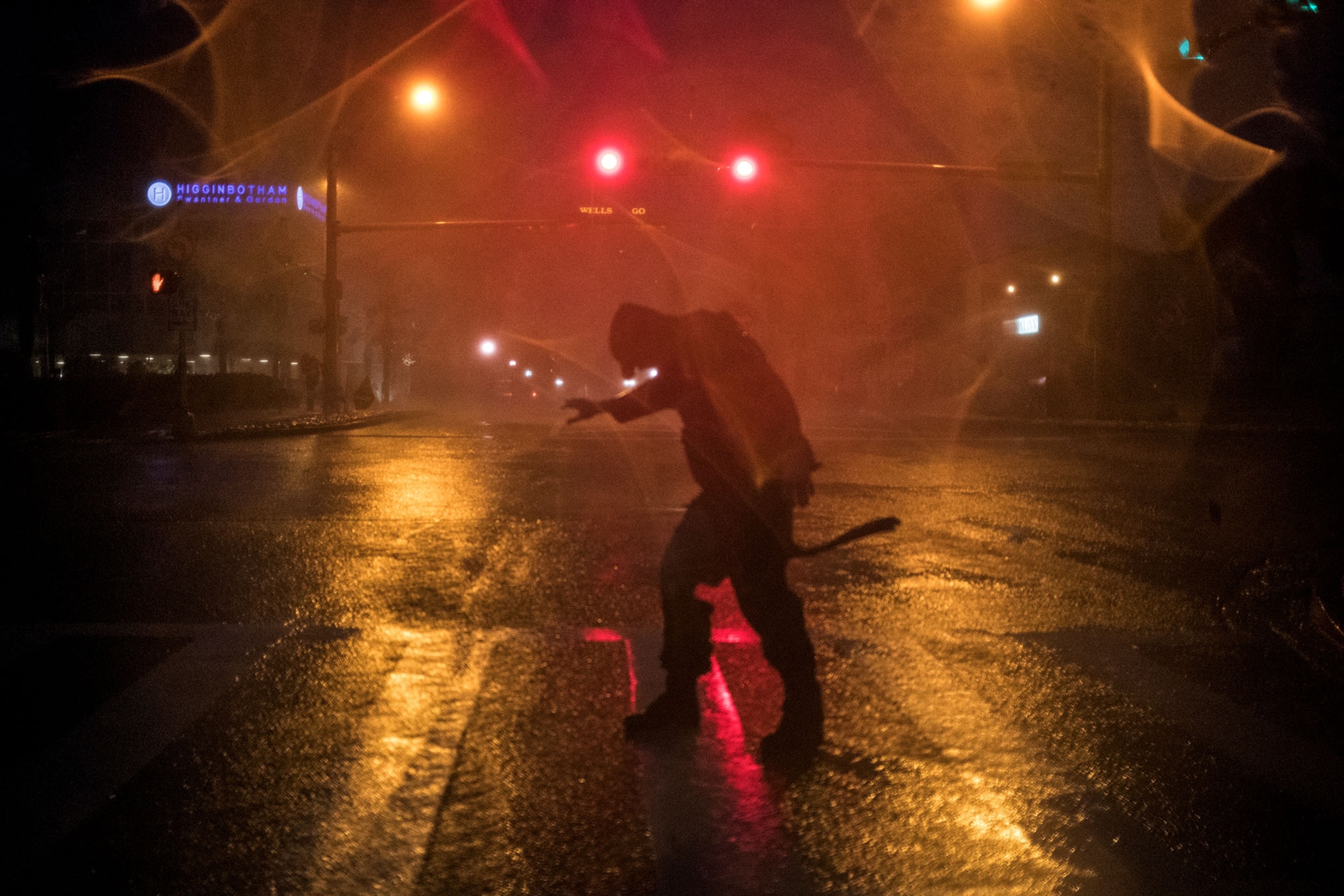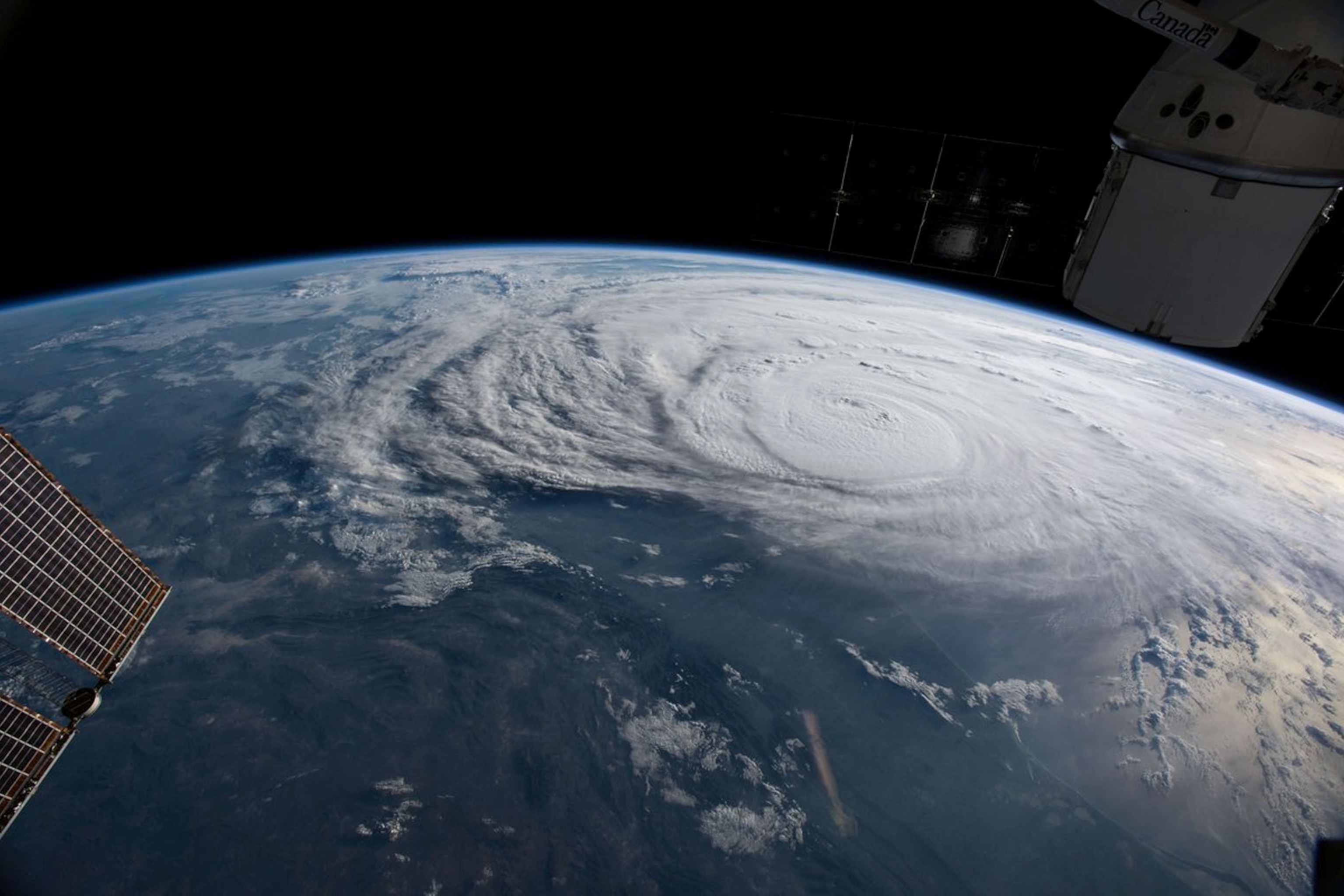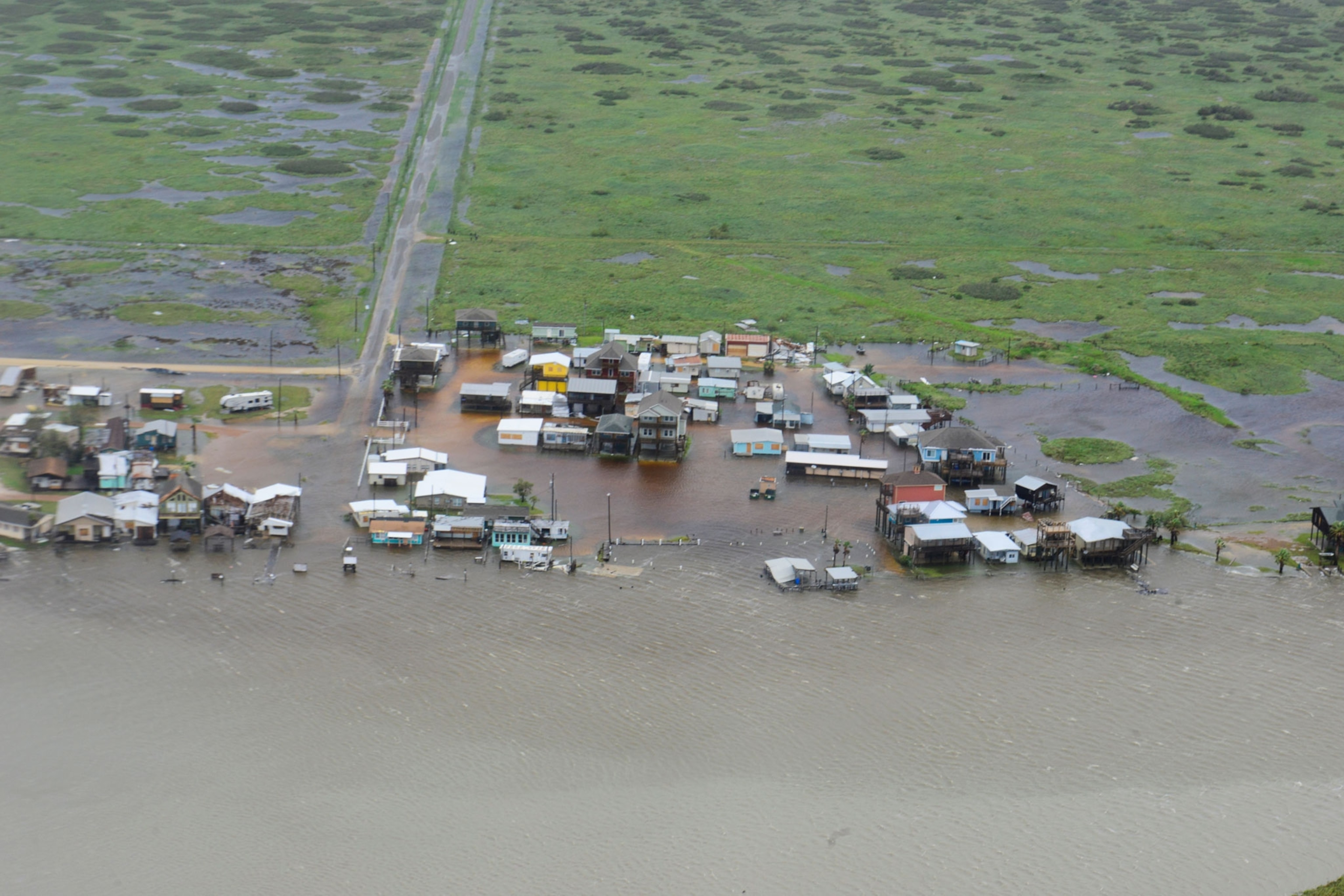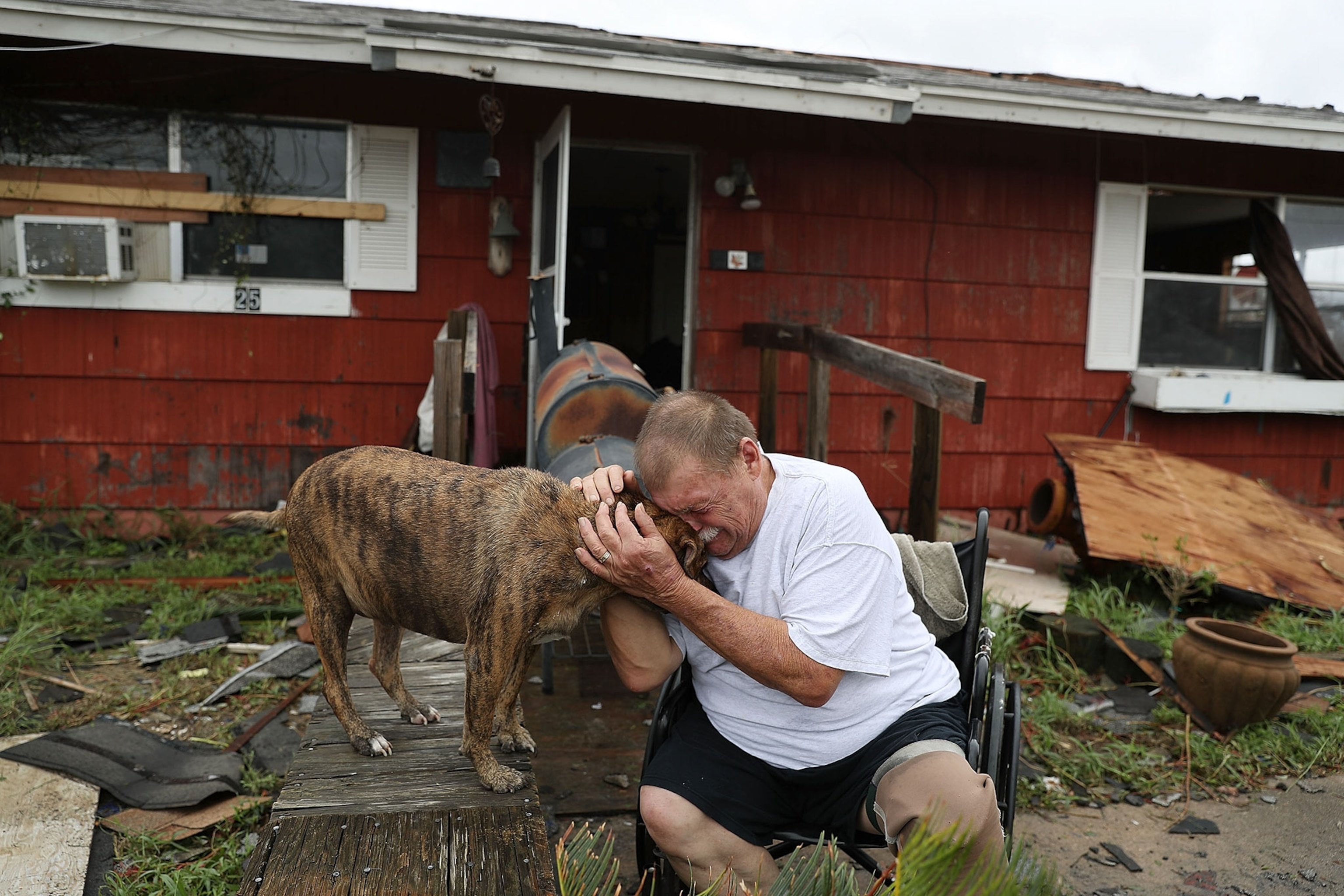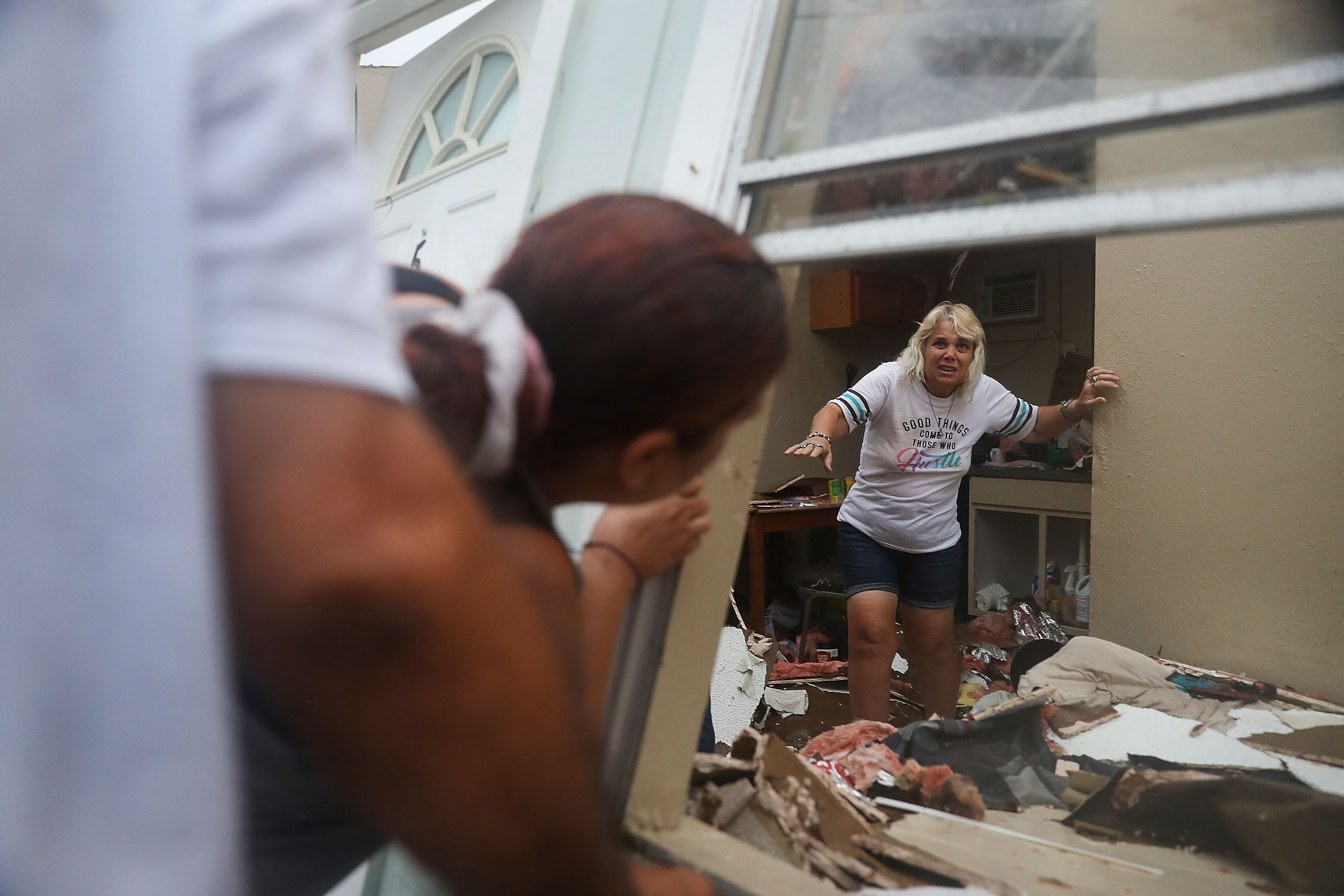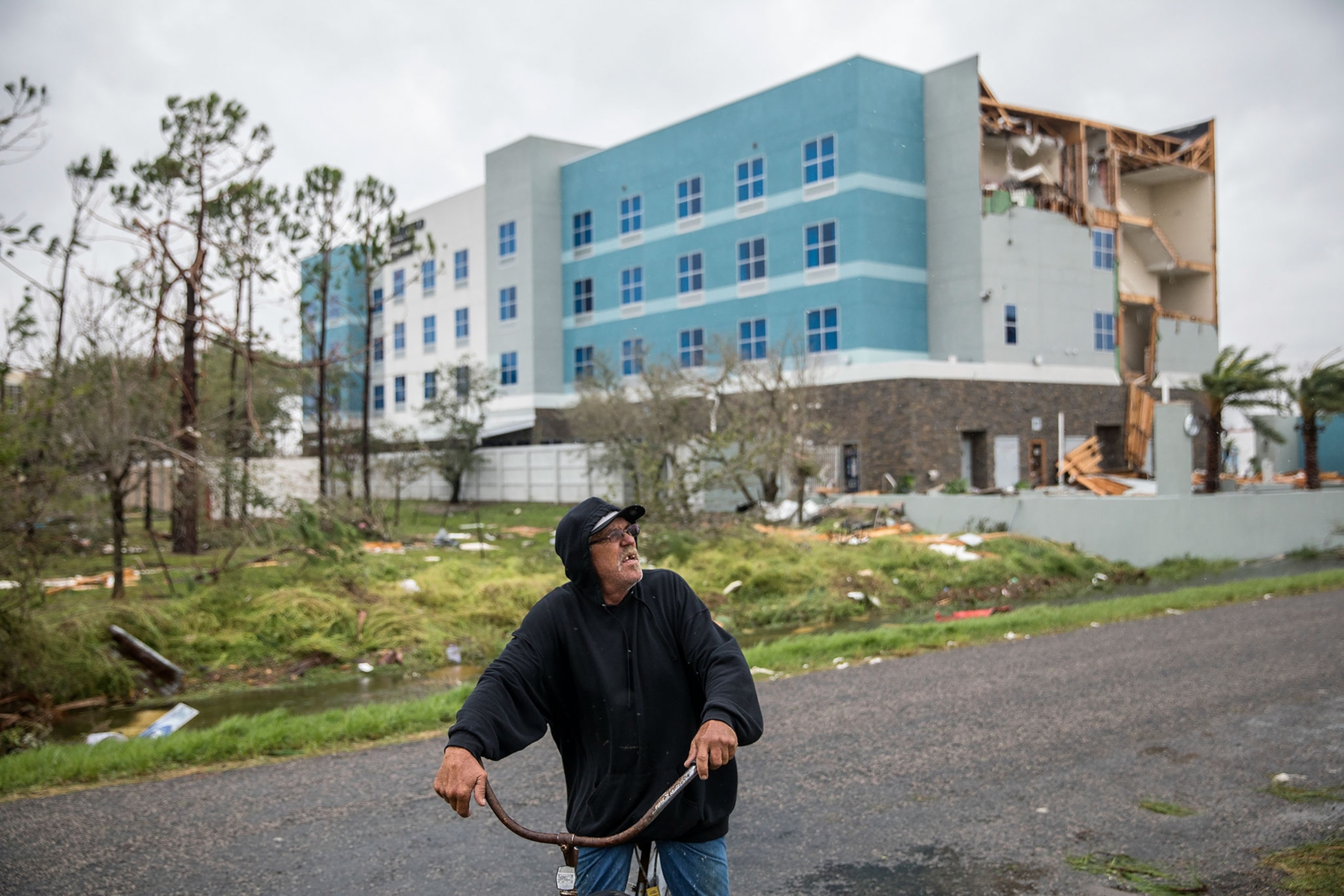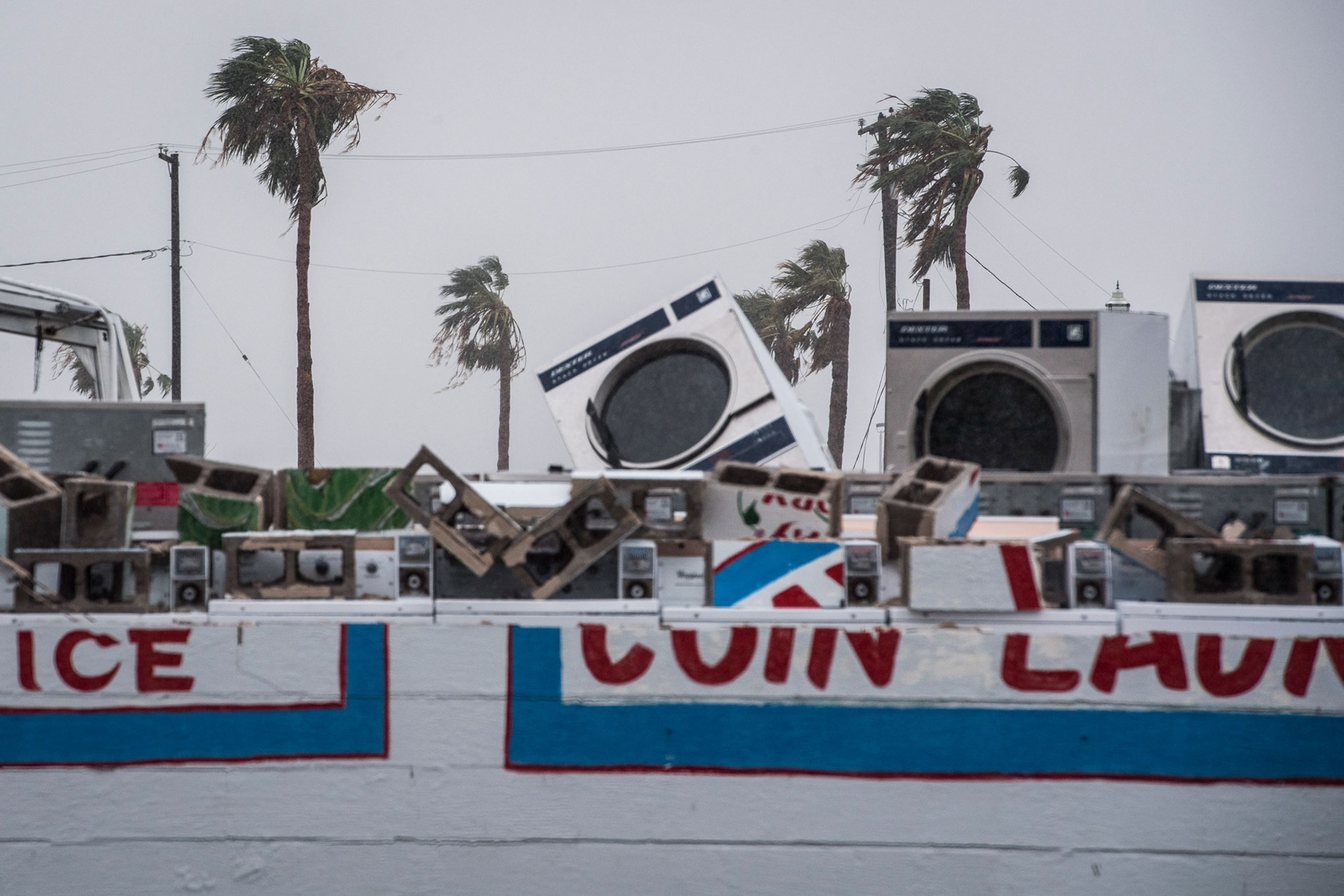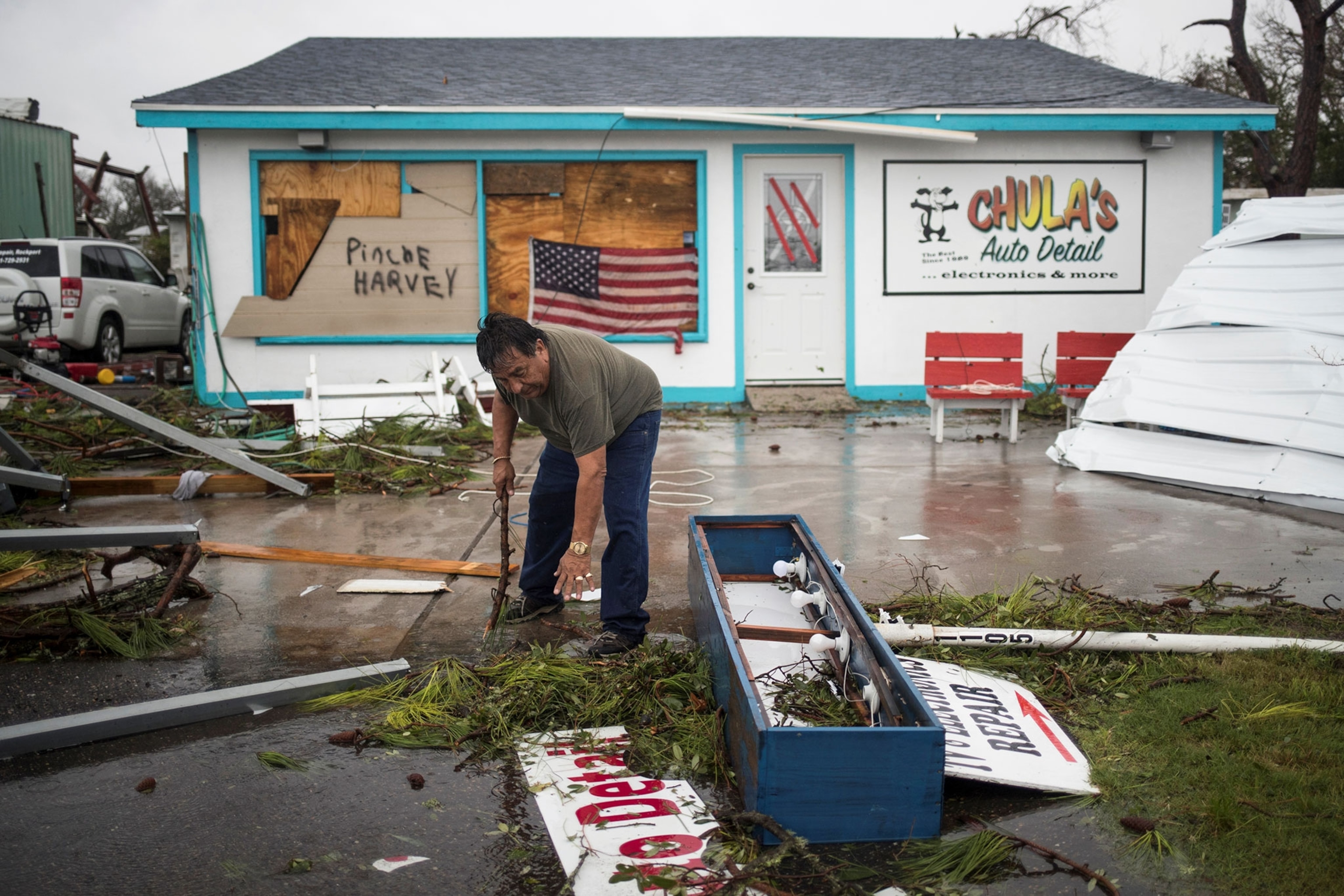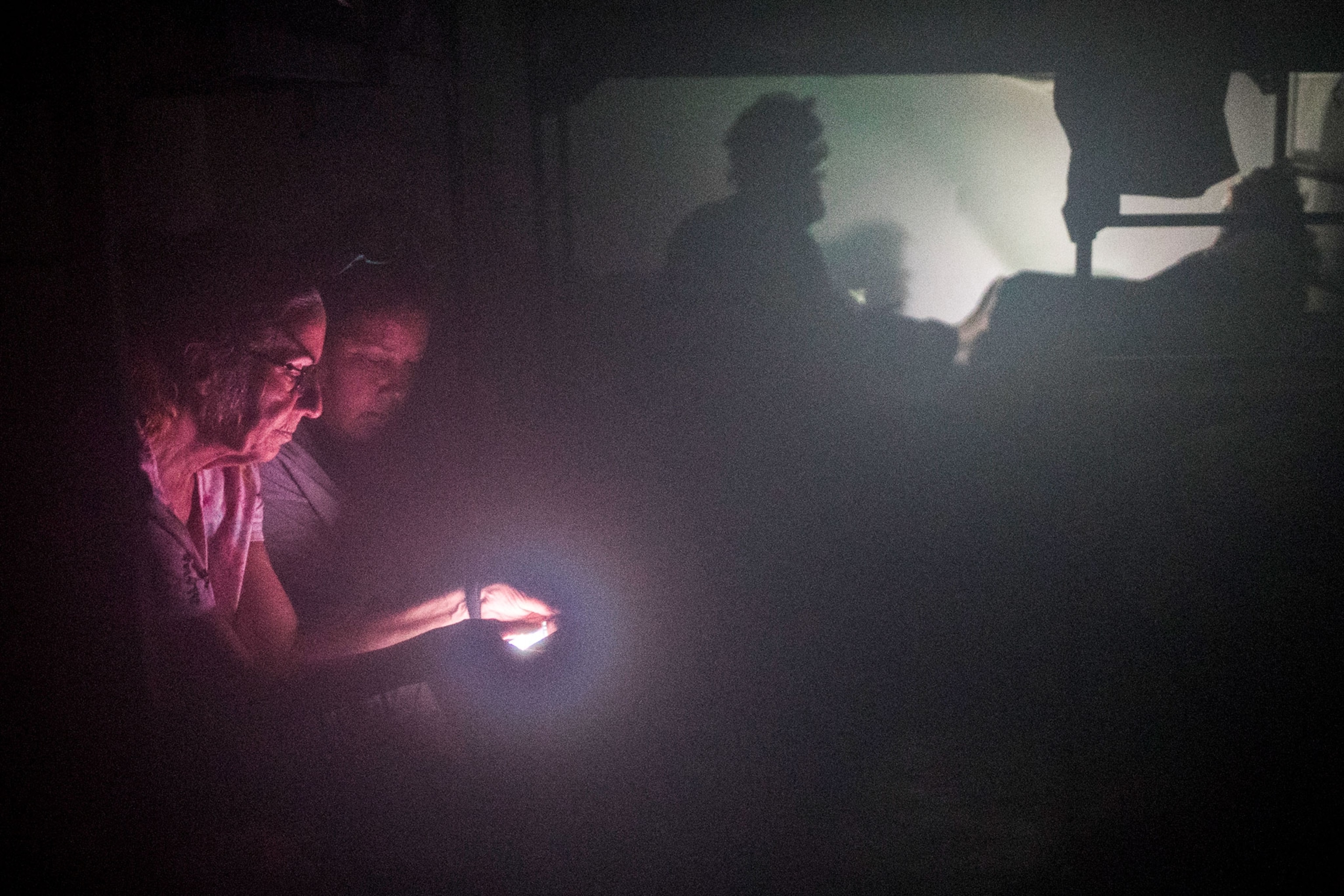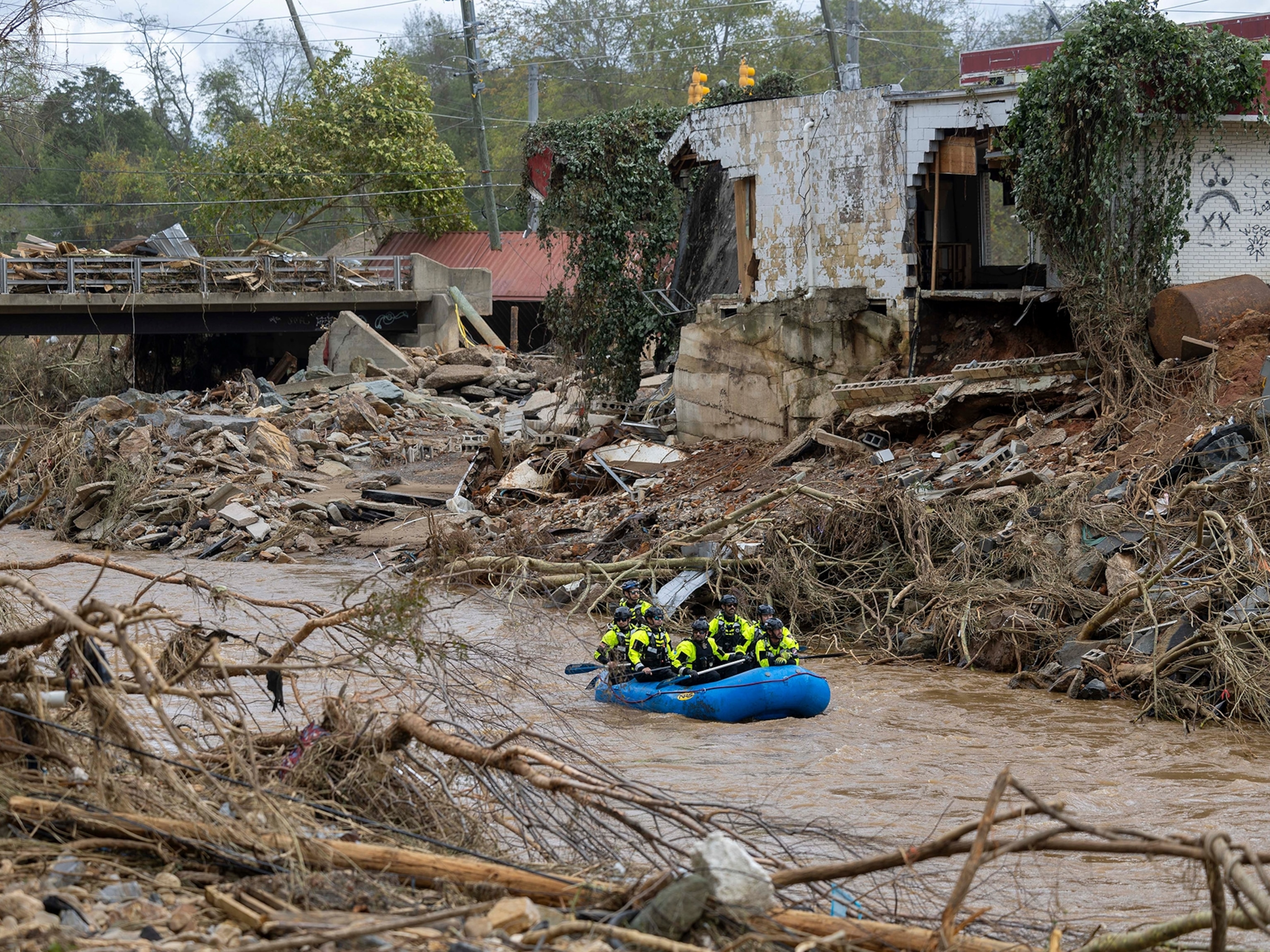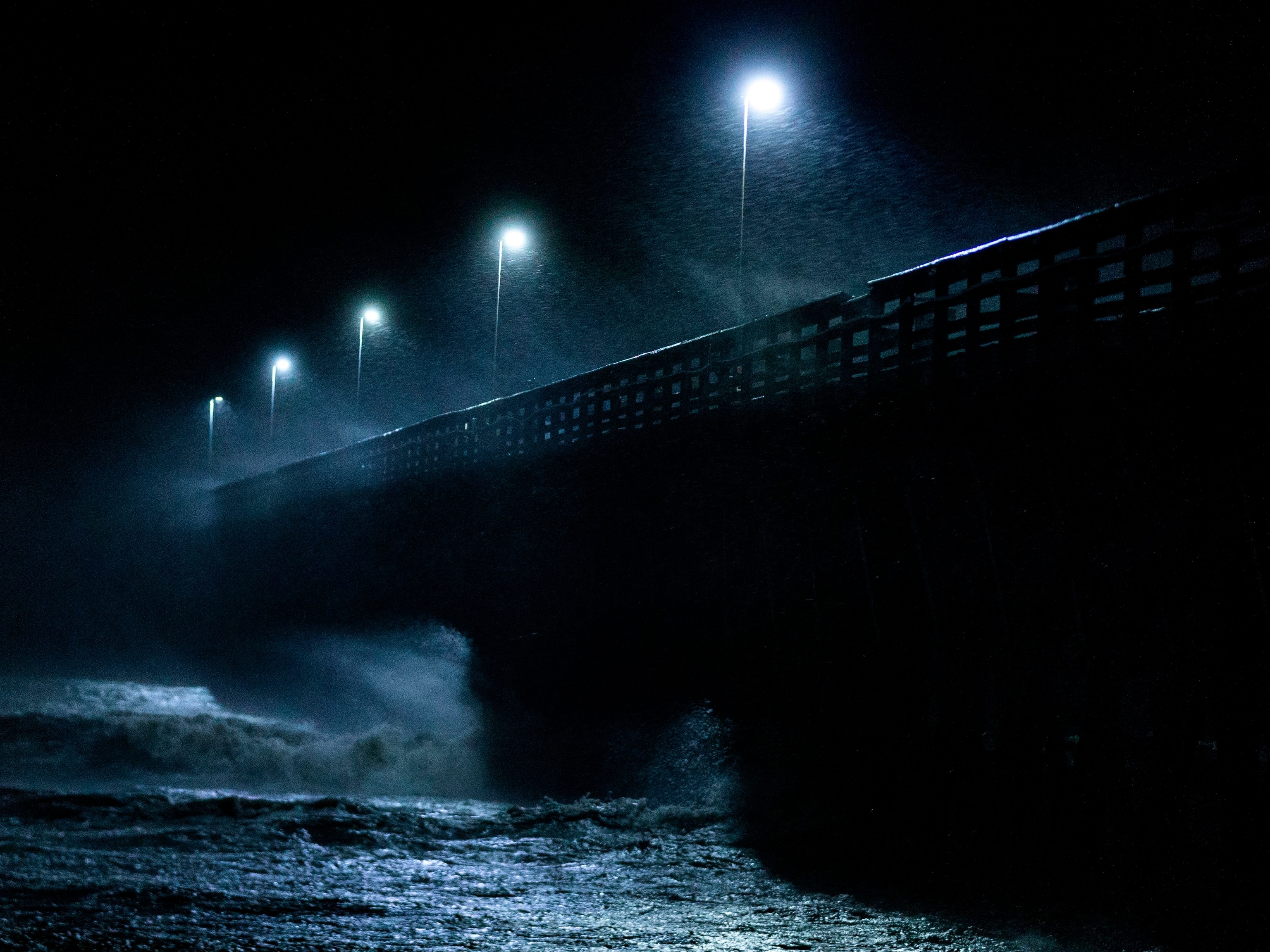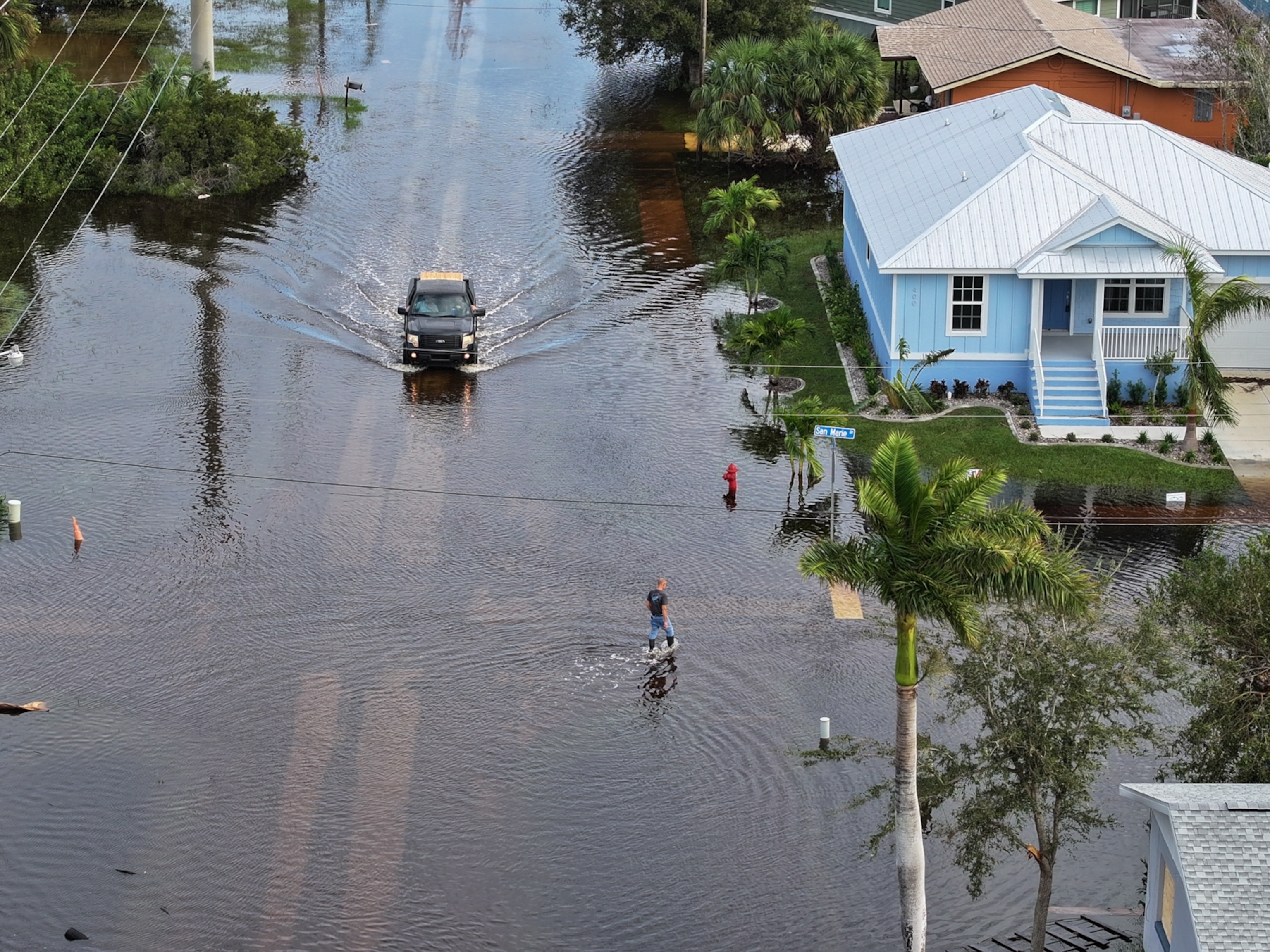Pictures Reveal Hurricane Harvey's Catastrophic Destruction
Rainfall from the storm is causing life-threatening floods.
Hurricane Harvey roared to shore on August 25 as a Category 4 storm, with 130-mph winds by the time it hit Rockport, Texas. Heavy rainfall has caused catastrophic flooding in Houston and along the Texas Gulf Coast, displacing thousands and causing dozens of deaths.
The gallery above features photography of the ongoing disaster and will be updated as the situation develops.
More than 2.3 million people live in rain-soaked Houston, and hundreds of thousands have been without power. (Learn the science behind what makes Harvey so deadly.)
Harvey is the strongest storm to hit a U.S. coast since Hurricane Wilma in 2005, and it has destroyed many buildings along the coast. Harvey was downgraded to a Category 1 hurricane by early Saturday morning before being designated a tropical storm, but the most catastrophic effects of the storm are unfolding over several days. Flooding is among the worst in U.S. history.
As much as two feet of water has fallen in some neighborhoods, and dams have spilled over their capacity, adding to the floods. A disaster declaration requested by Texas Govenor Greg Abbott was granted by President Trump, who visited the region. The proclamation allows federal funds to be used for local disaster relief.
Houston was once largely a swamp and relies on a decades-old system of canals to drain flooded streets. Those by creeks and bayous have faced high flash flood risks. An investigation last year by the Houston Chronicle found that many of these waterways were built before the city's population exploded and when rainfall estimates were lower. The estimated $26 billion it would take to update these channels doesn't seem likely to happen soon.
How the storm will affect the region's major oil and gas hub remains to be seen, although refineries have already been closed. Gas prices have already surged, but of particular concern are potential long-term impacts to the refineries that flank the Houston Shipping Channel, one of the busiest shipping lanes in the world.
Following Hurricane Ike in 2008, ProPublica and the Texas Tribune investigated how a major hurricane could affect this portion of the city, finding serious potential for environmental damage from oil and chemical leaks and major economic implications to disruptions to the industries.
Houston's Harris County Sheriff Ed Gonzales is continuing to field requests for help on Twitter, and officials are reportedly urging Houston residents trapped by floods not to take shelter in their attics, but to move to their roofs to make them easier to spot and rescue. Tornado warnings were issued for some surrounding counties, thanks to the disturbance in the atmosphere.
To support victims of Harvey, consider giving to United Way of Greater Houston.
